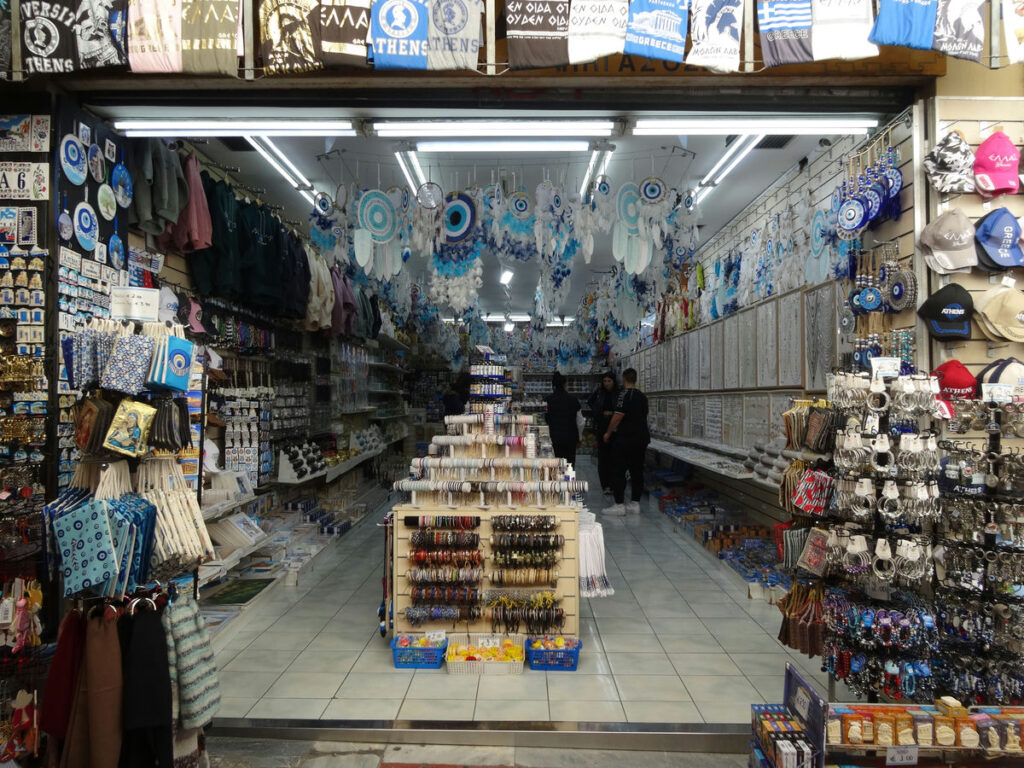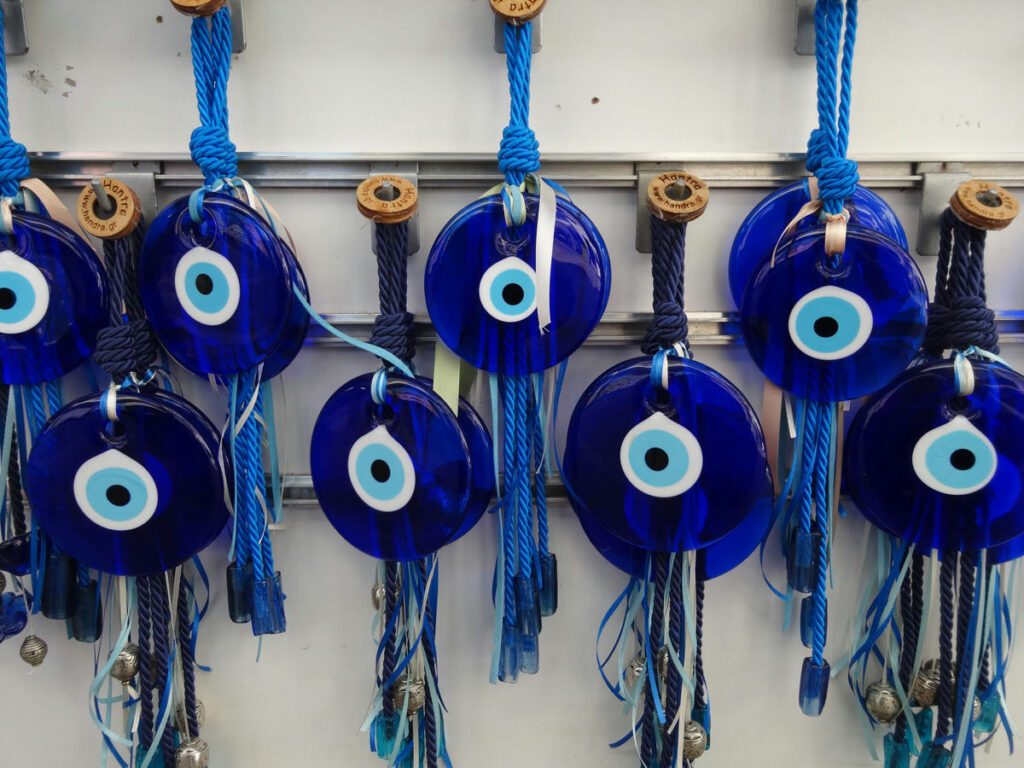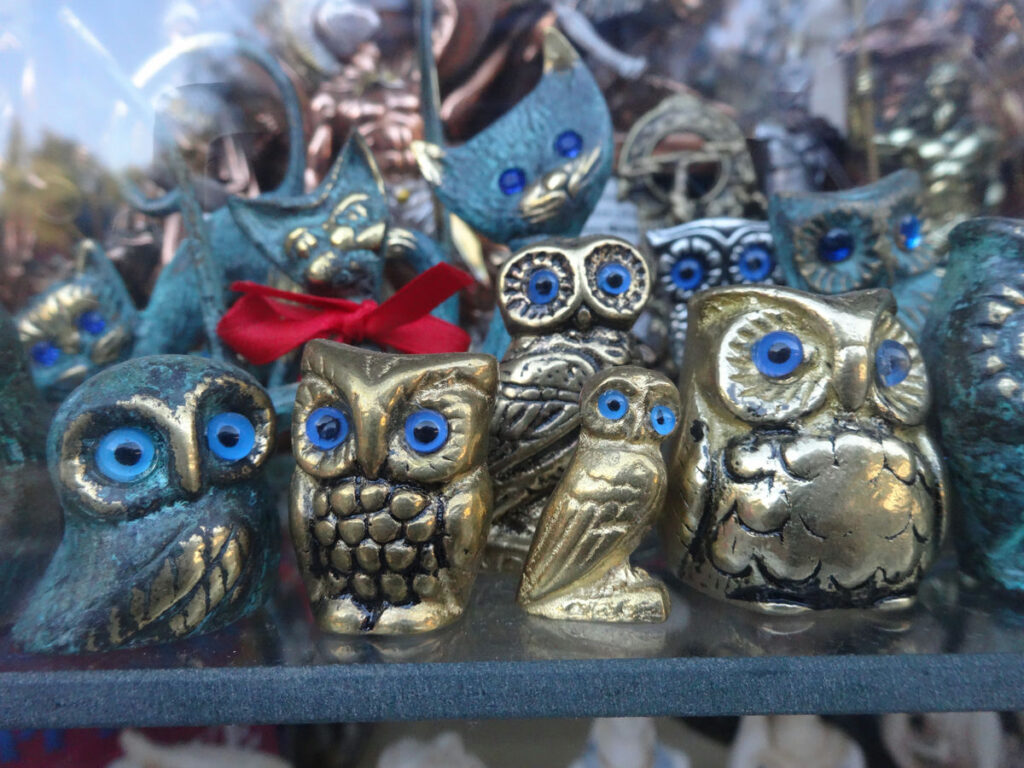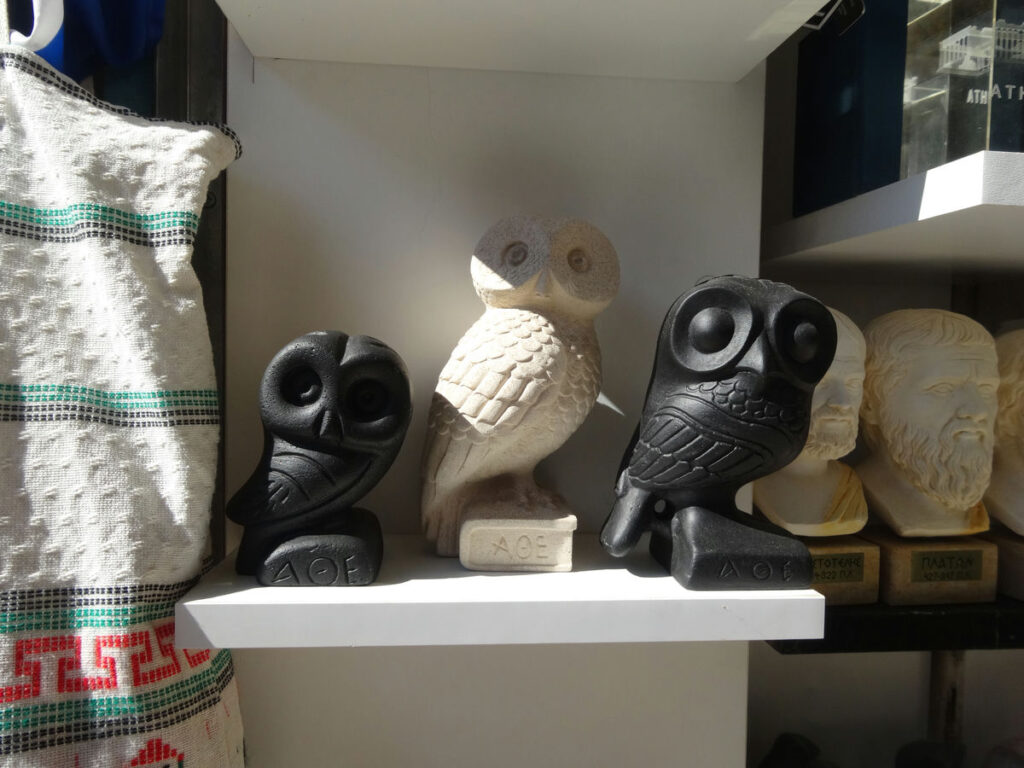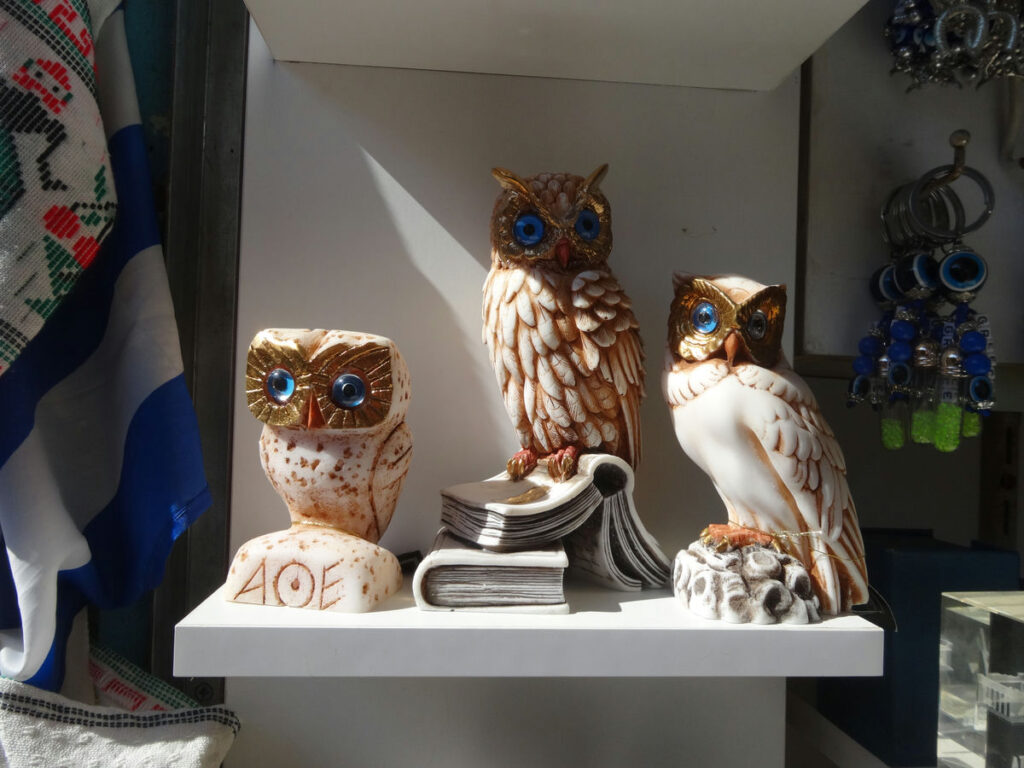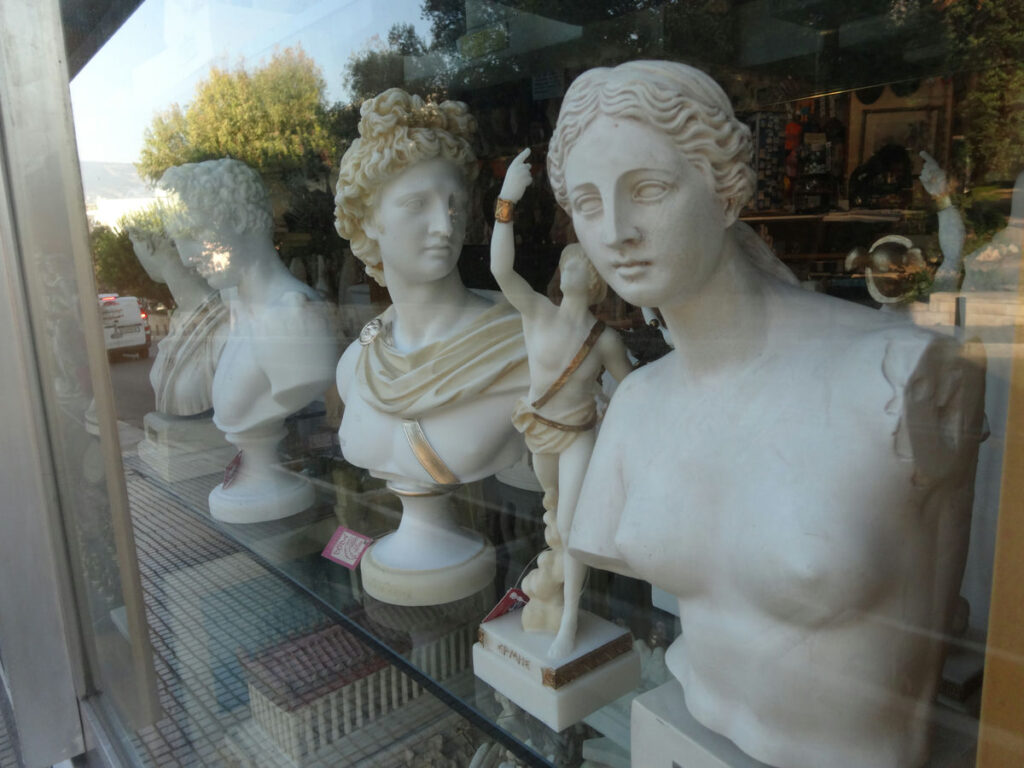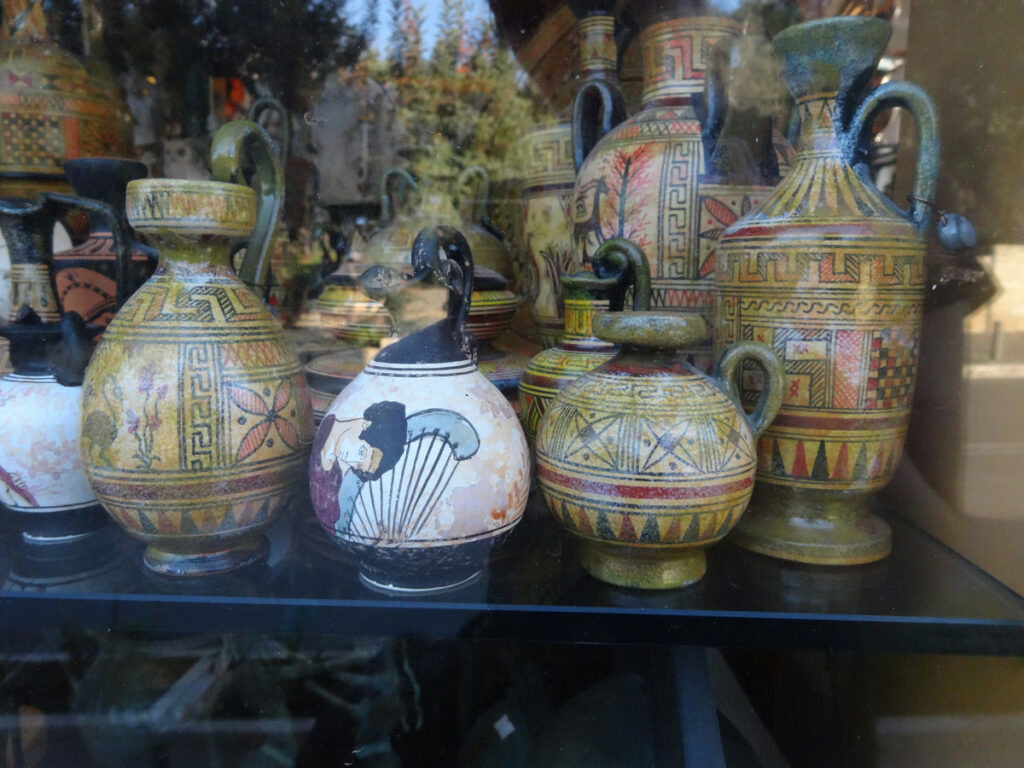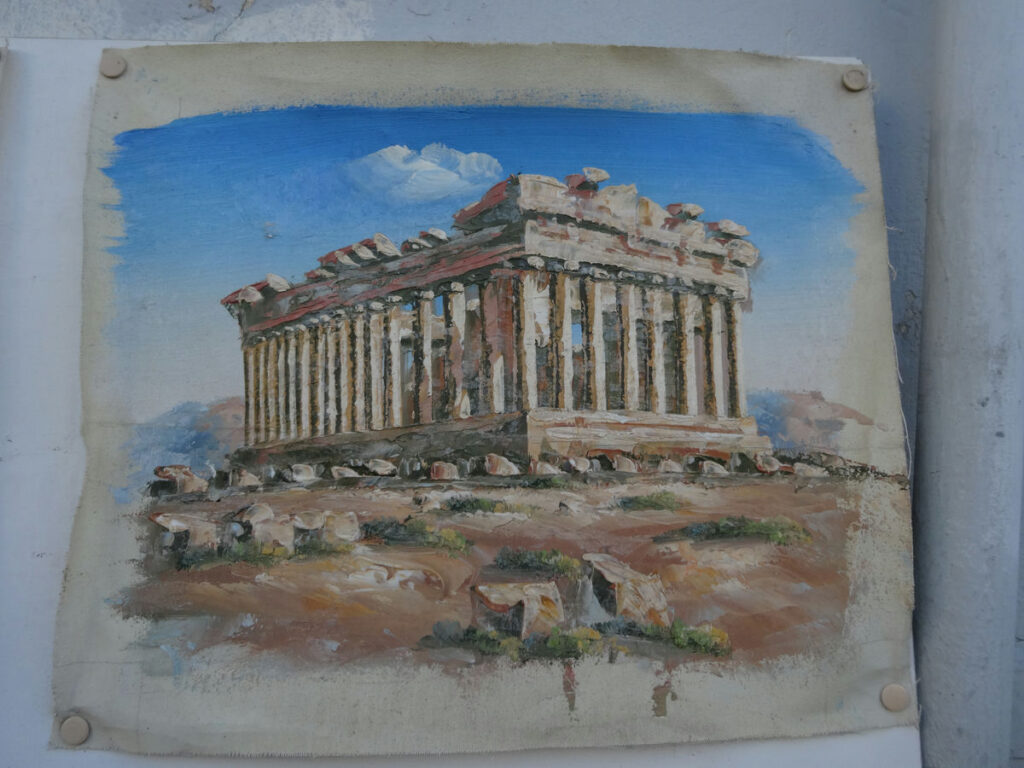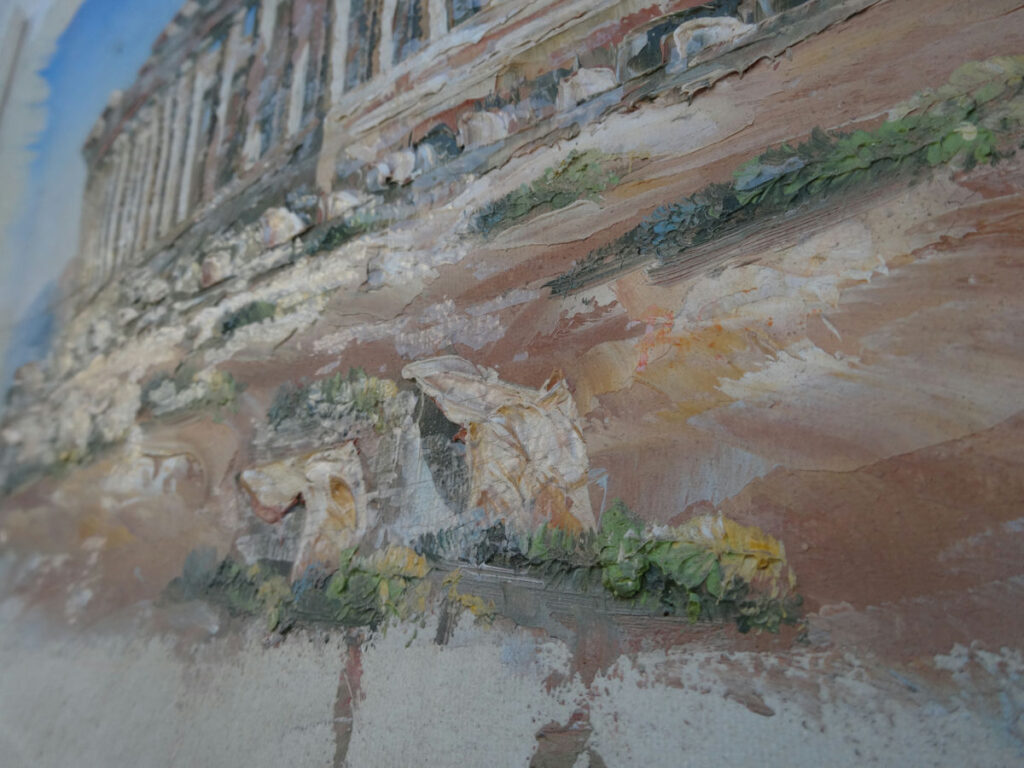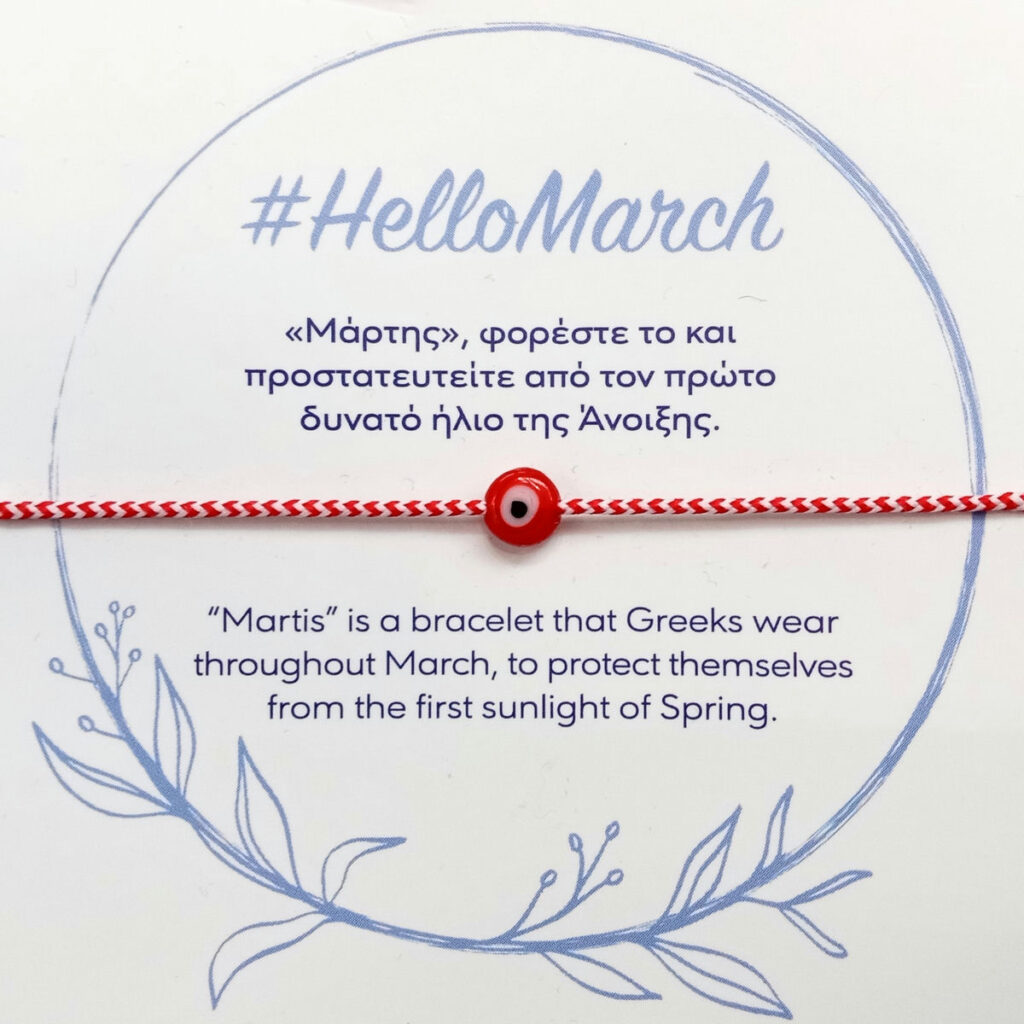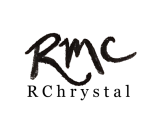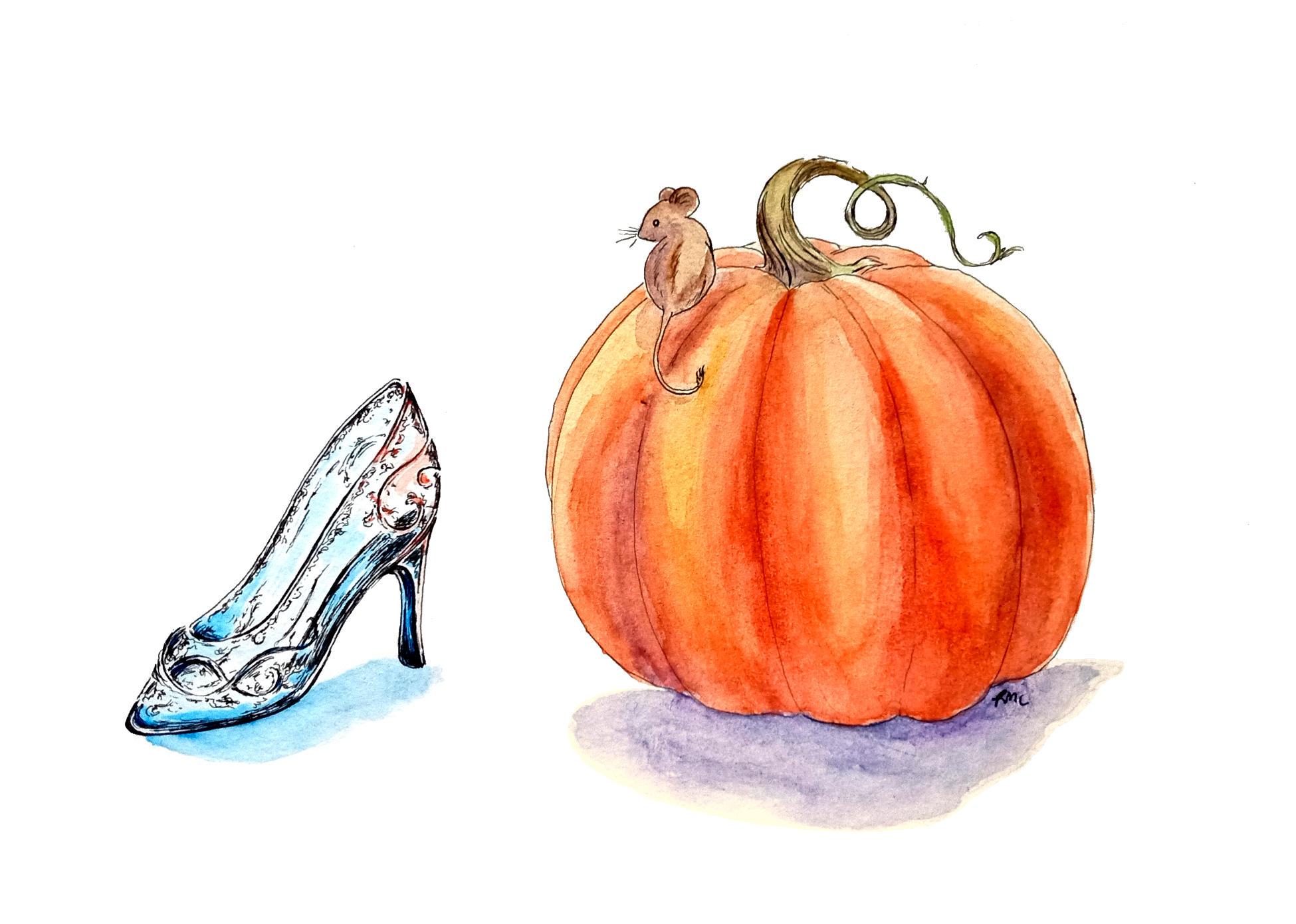Maybe, like me two weeks ago, you have no idea of what Athens actually looks like. Sure, there’s the Acropolis, but what’s it like to be walking around on the ground? Does everyone where chitons and sandals? Or do they burst into ABBA songs to narrate their lives?
Neither, actually. Athens is very much a big European city, with plenty of modern conveniences. The Acropolis even had free wifi. The area to the north of the Acropolis is notably older (Monastiraki and Plaka neighborhoods), and many of the streets there are foot-traffic only. There are orange trees all over the city, and everywhere smelled of olive trees.
Most of the interactions I had with Greek-speakers started with the Greek-speaker addressing me in Greek, and me hopefully asking, “English?” Unlike when I traveled in France and Spain, I actually enjoyed not knowing any of the language or culture because I was paradoxically less worried about getting it wrong, and was obviously a helpless tourist who couldn’t even read the signage. A few days in, I identified “hello” (“yassas”), and started to greet people with “Yassas, hello,” just to identify myself as someone who doesn’t speak any Greek at all but wants to be polite. I also learned to read a bit of Greek (although I still didn’t know what it meant) from studying names on the metro.
I stayed in an Airbnb right next to a 24-hour bakery/café, and by the end of my first twenty-four hours in Athens, the staff recognized me and started to say “See you tomorrow.” No regrets.
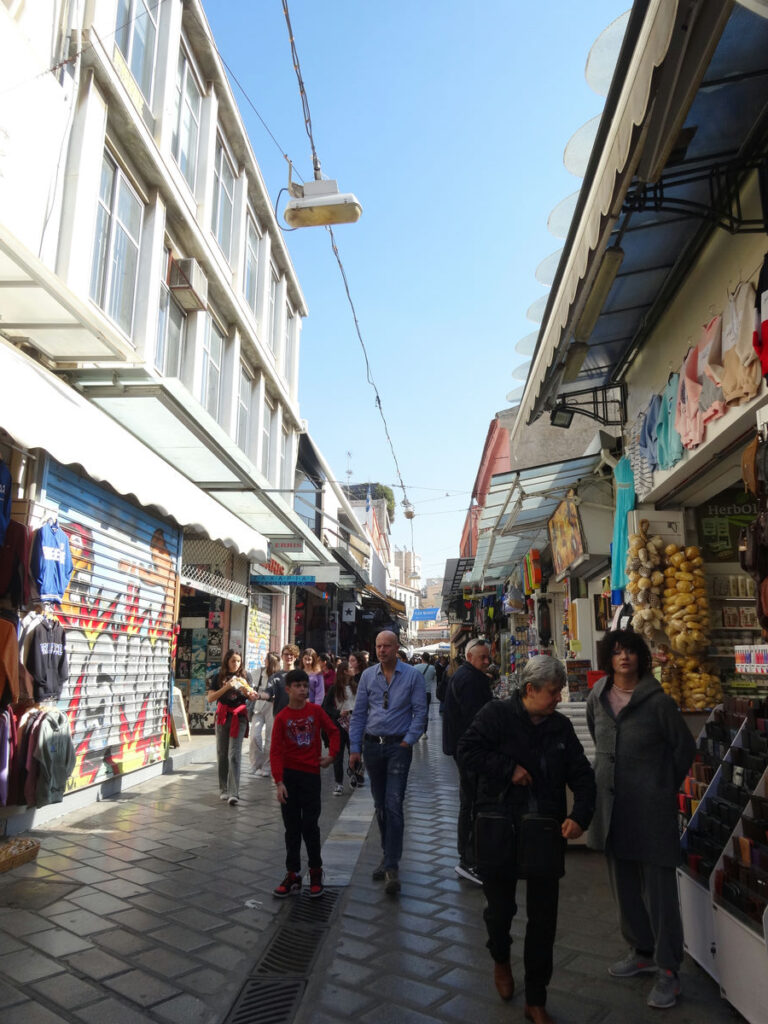
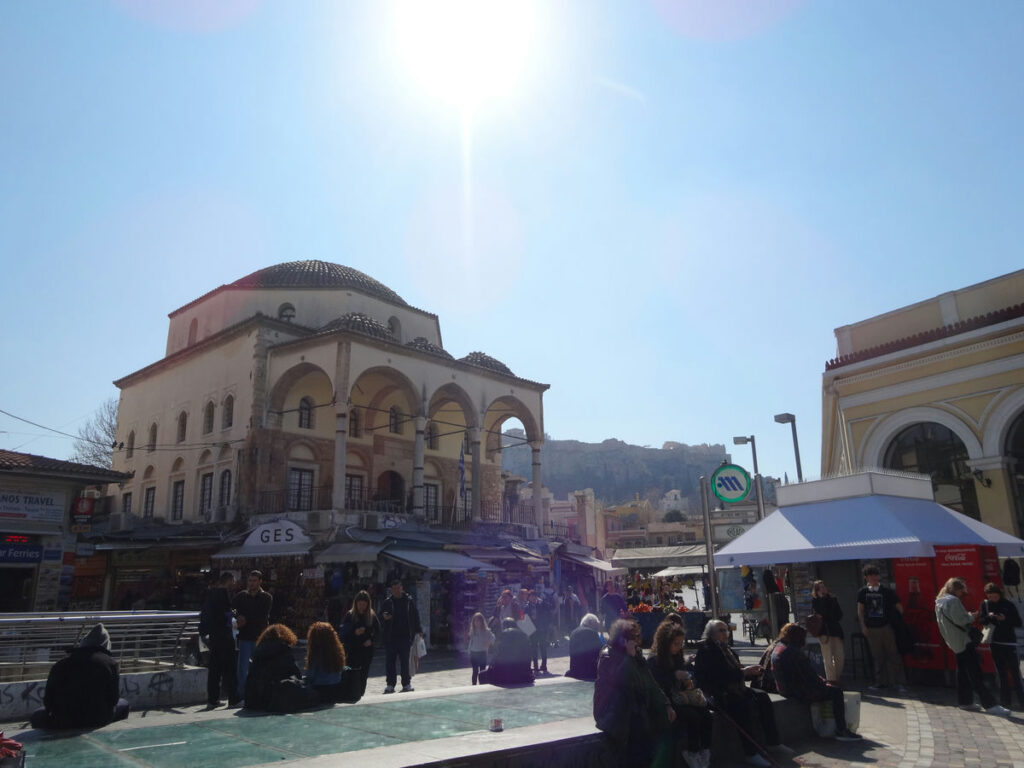
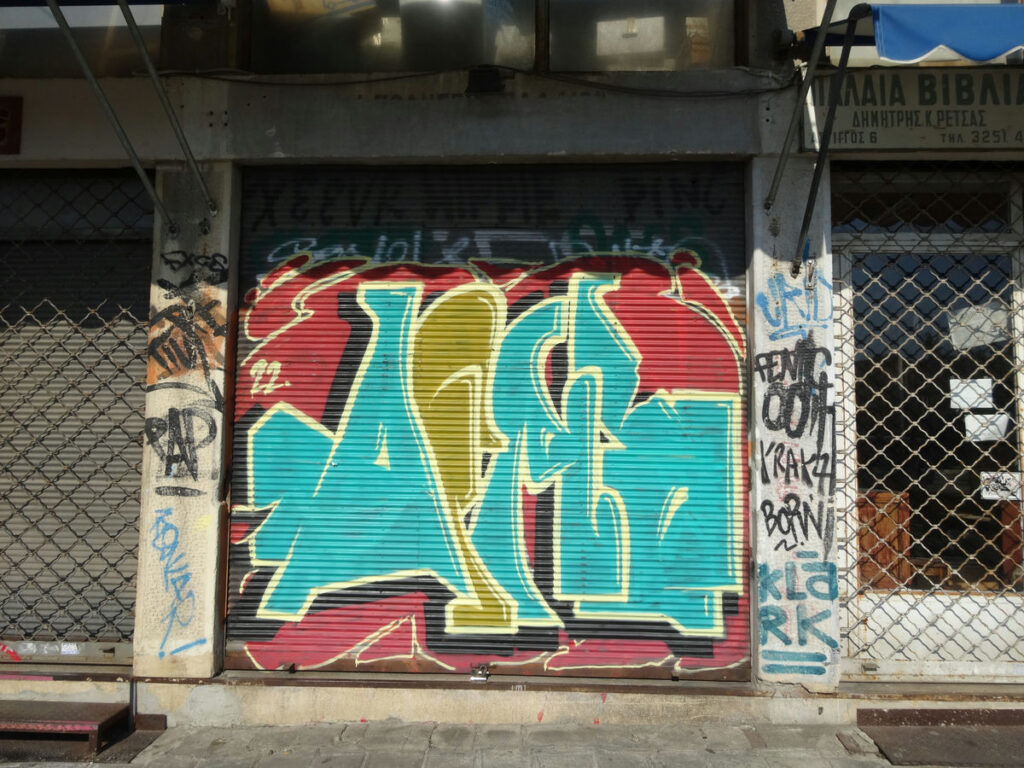
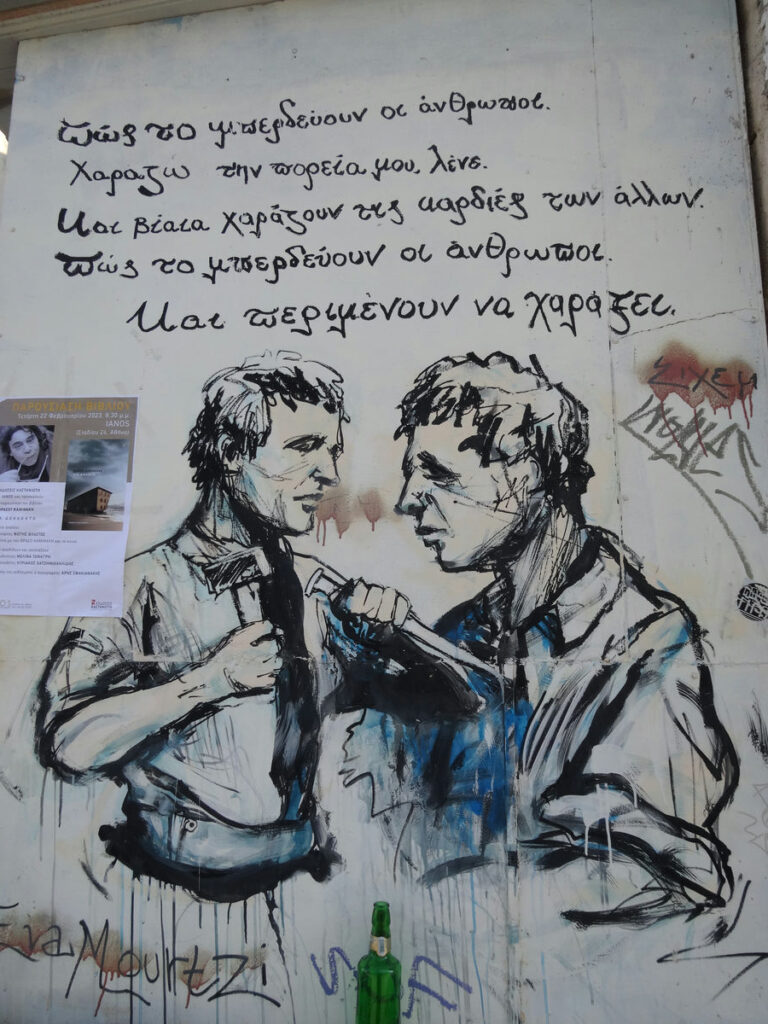
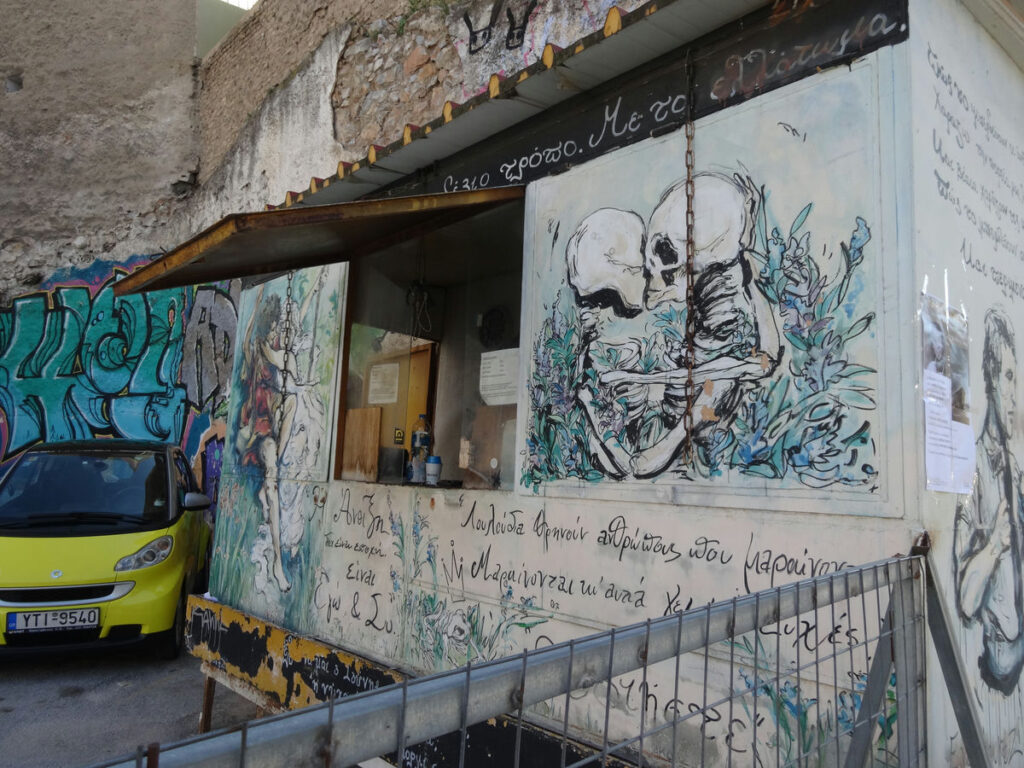
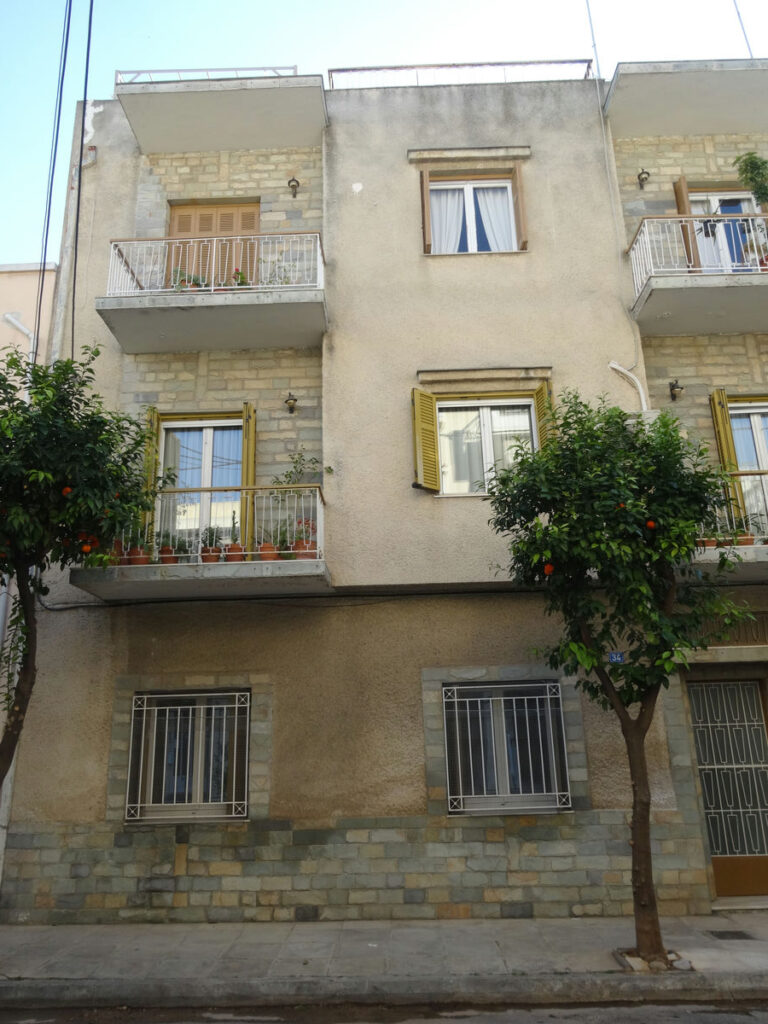
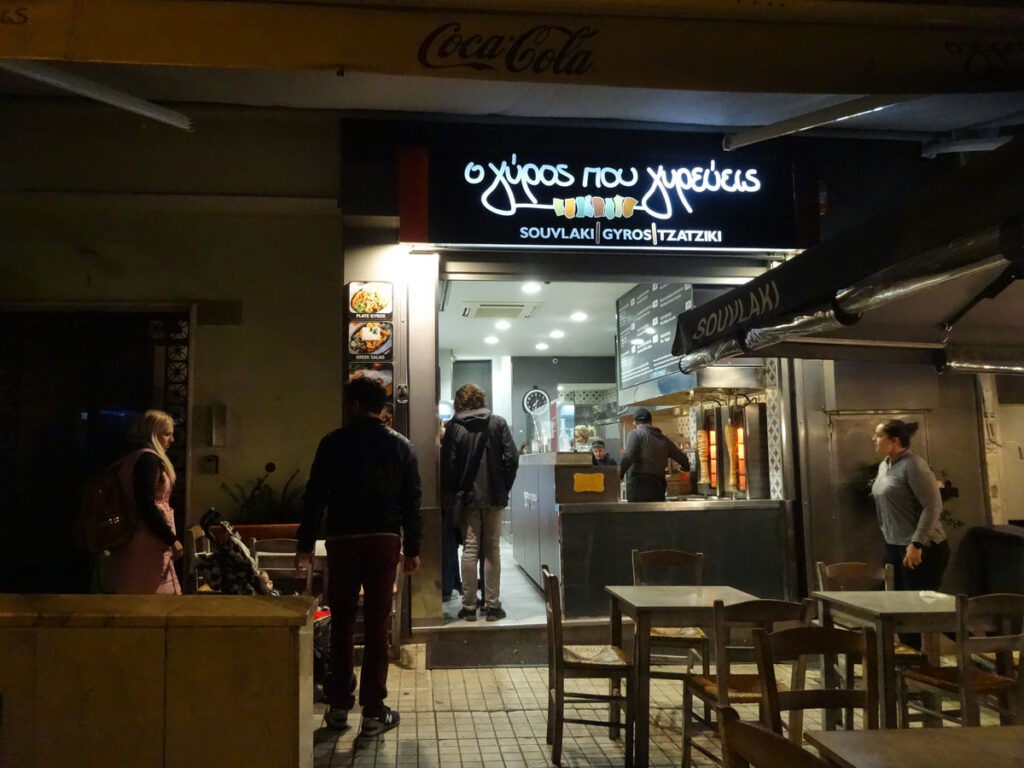
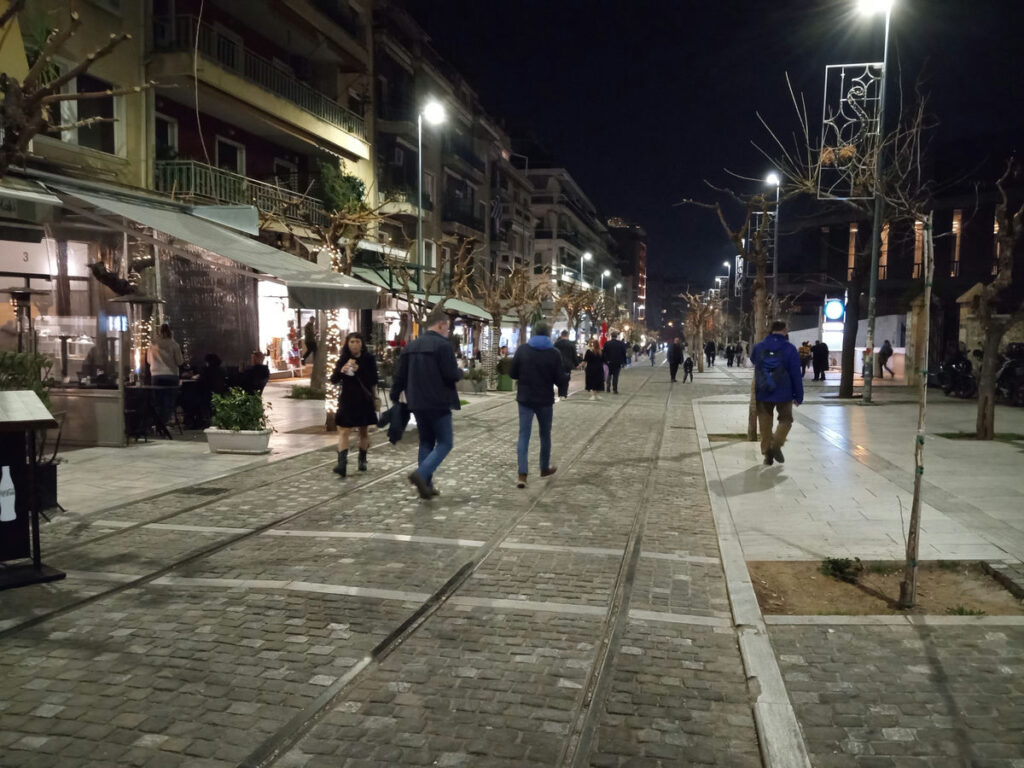
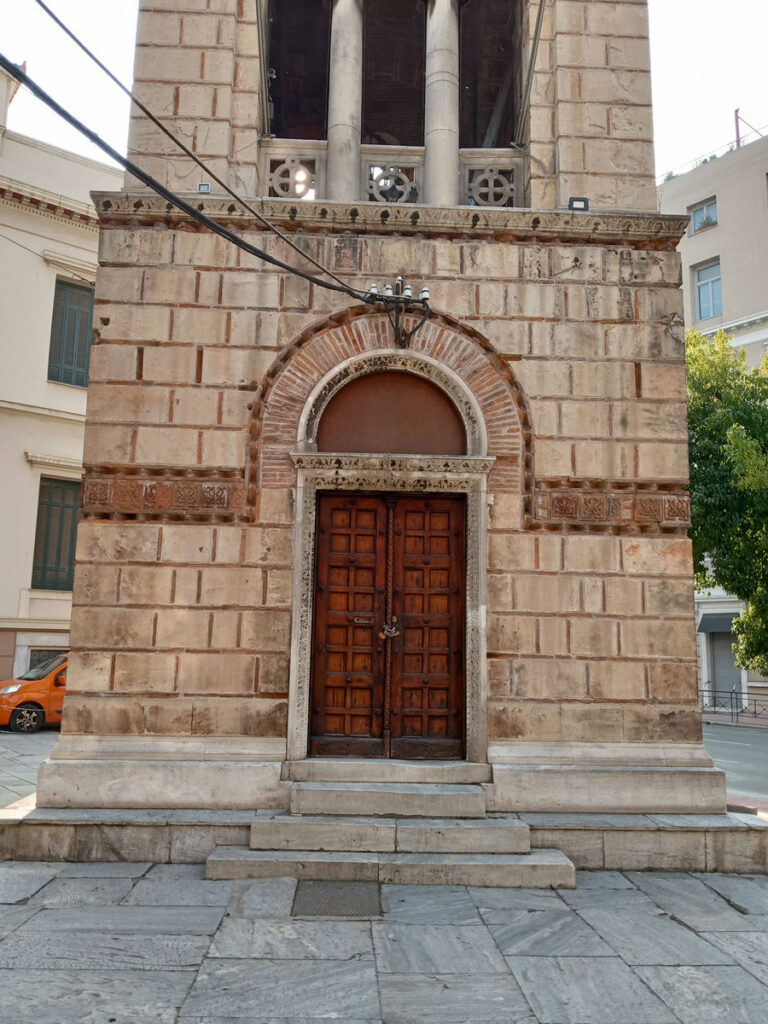
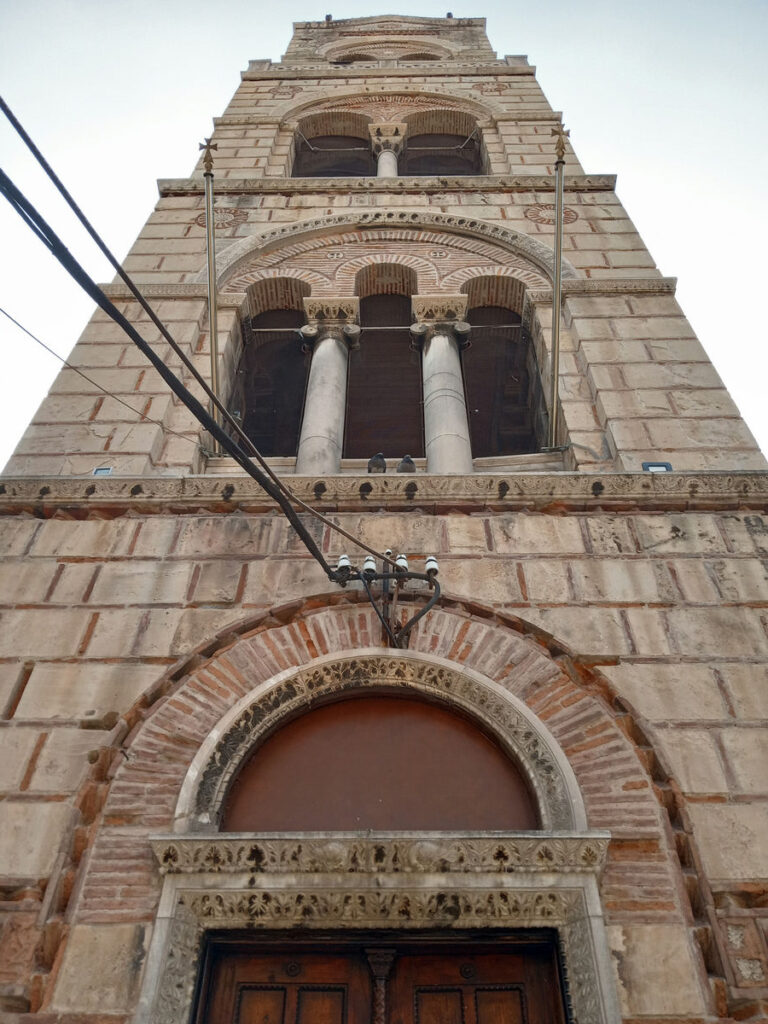
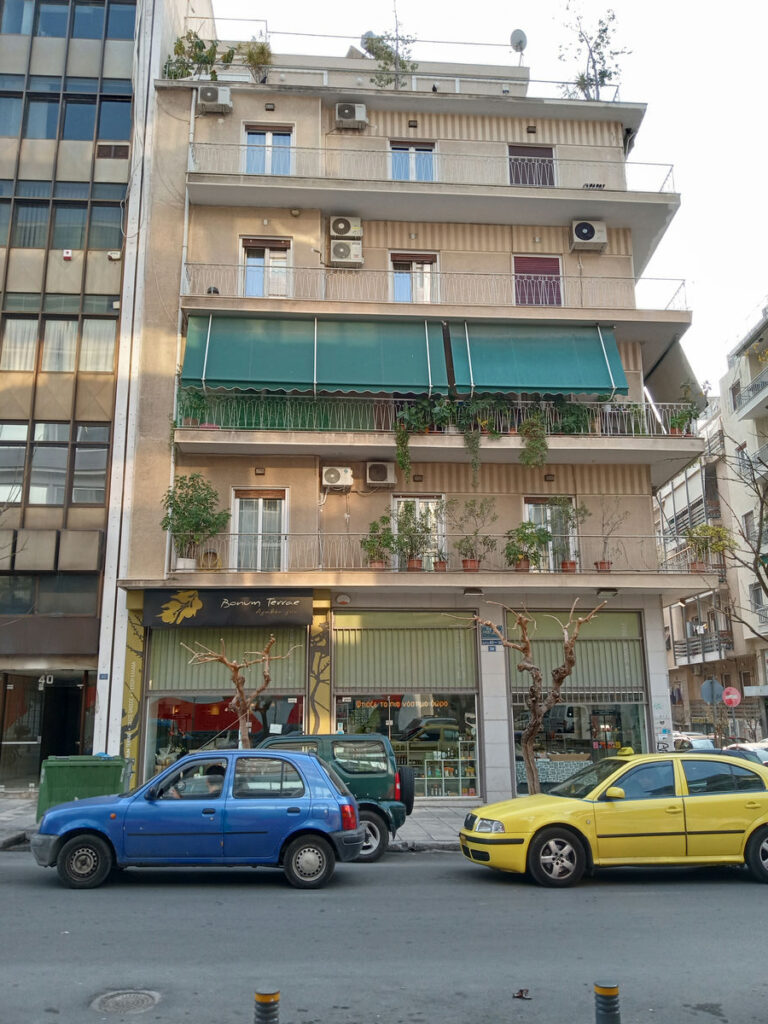
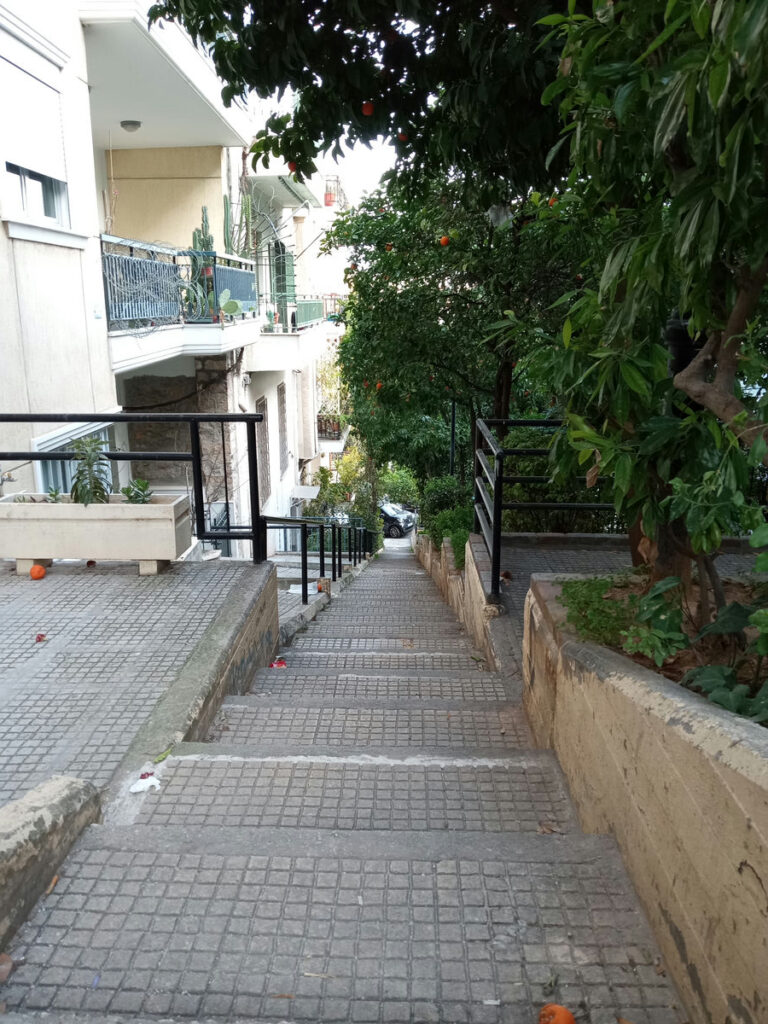
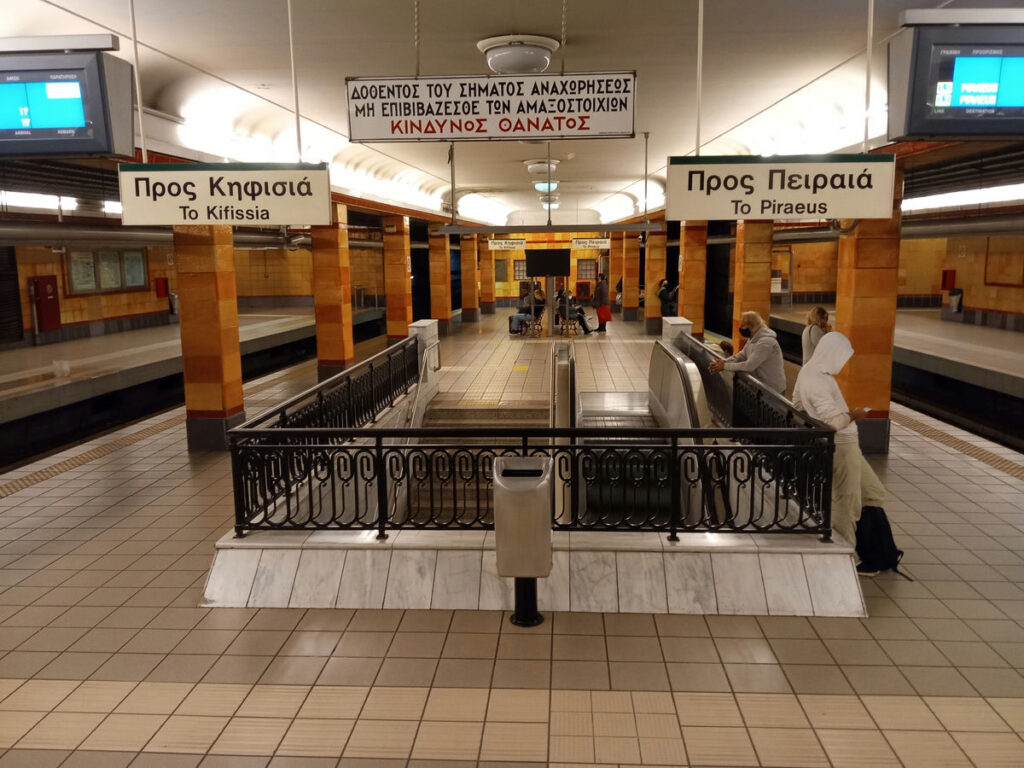
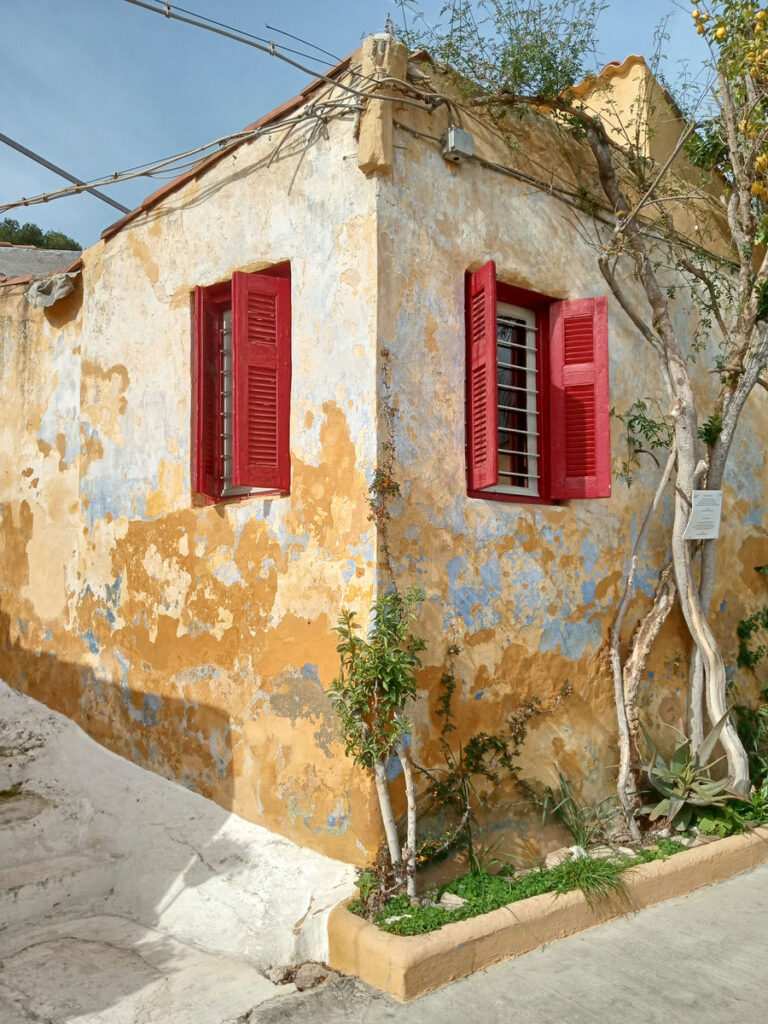
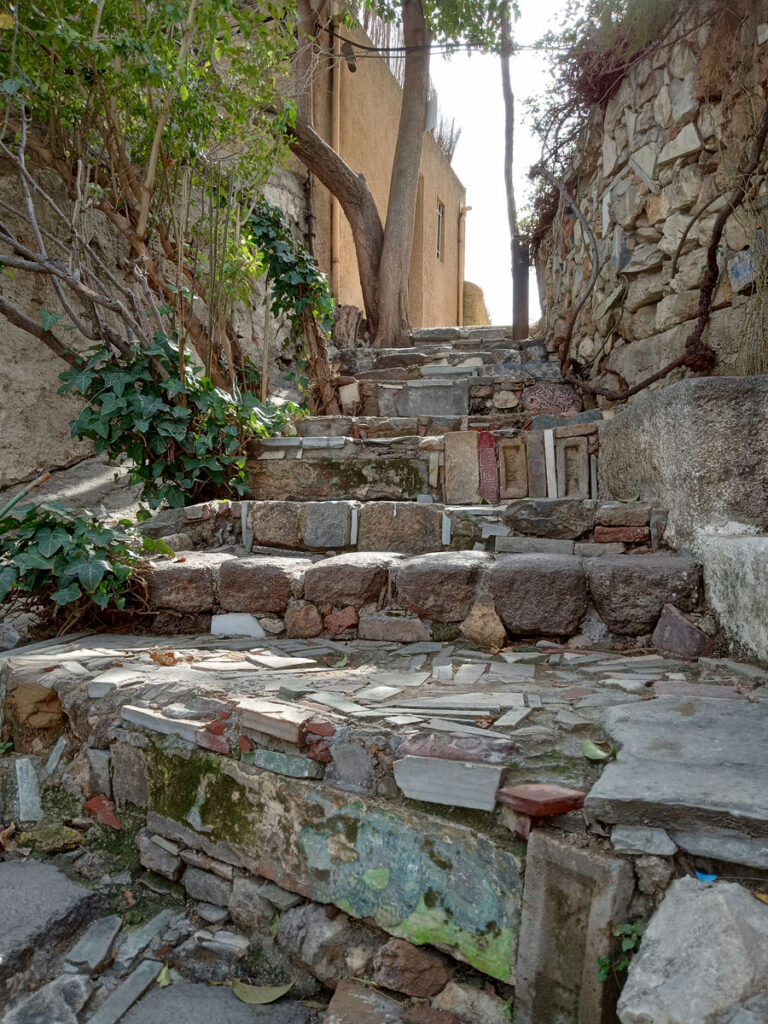
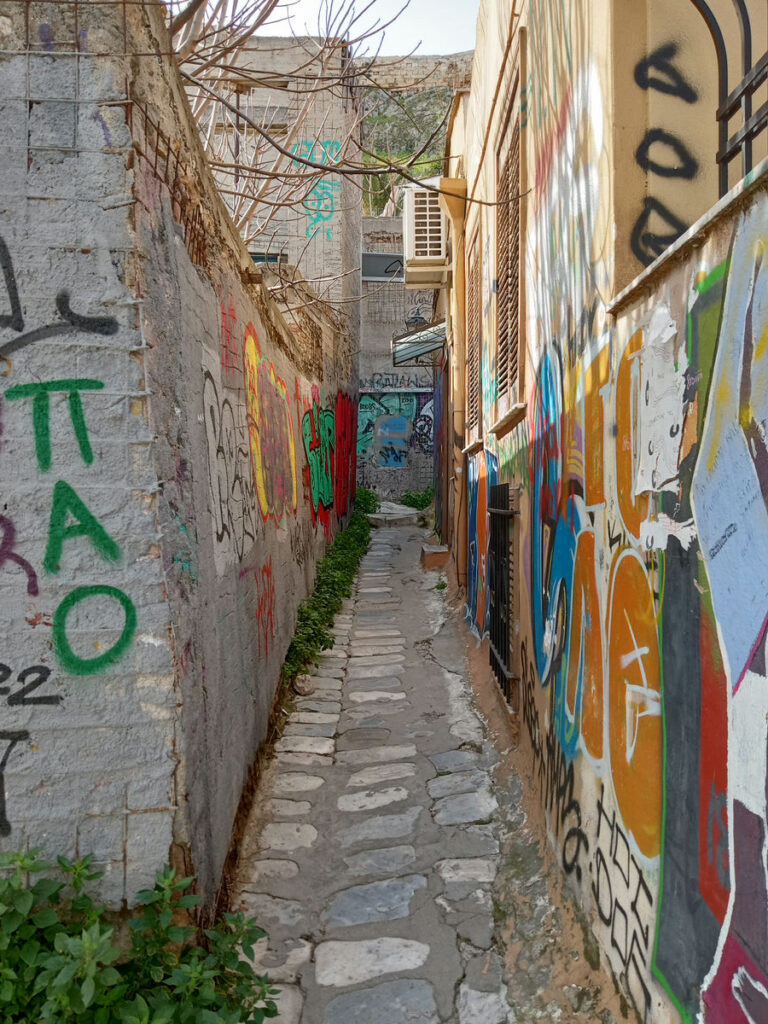
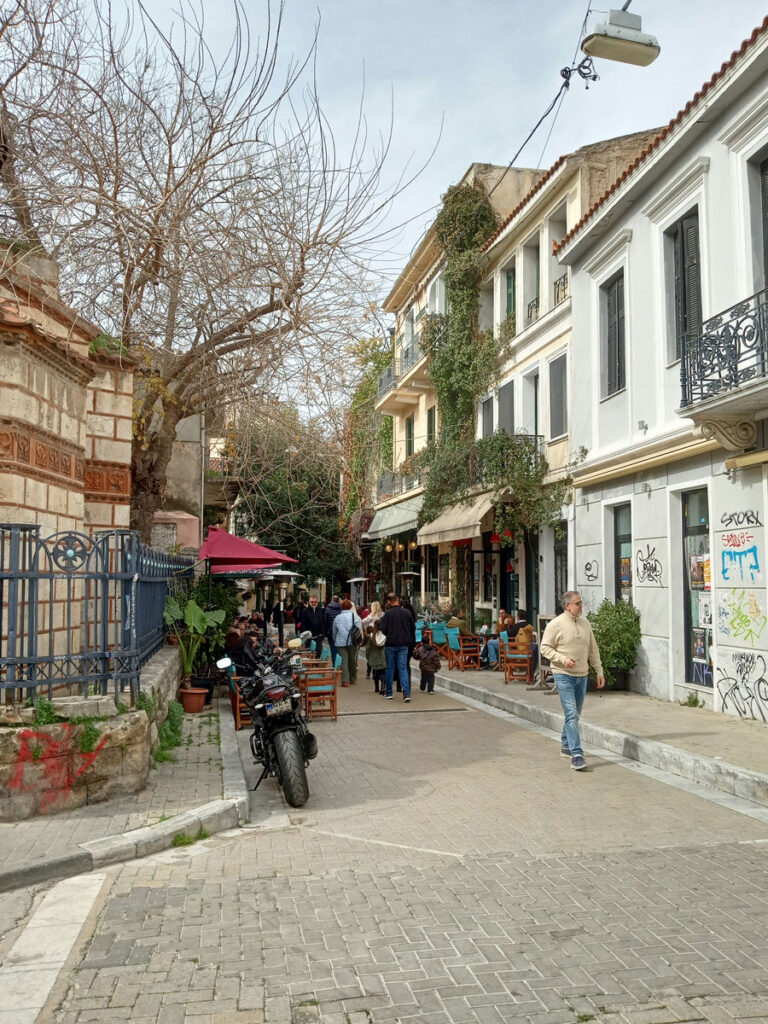
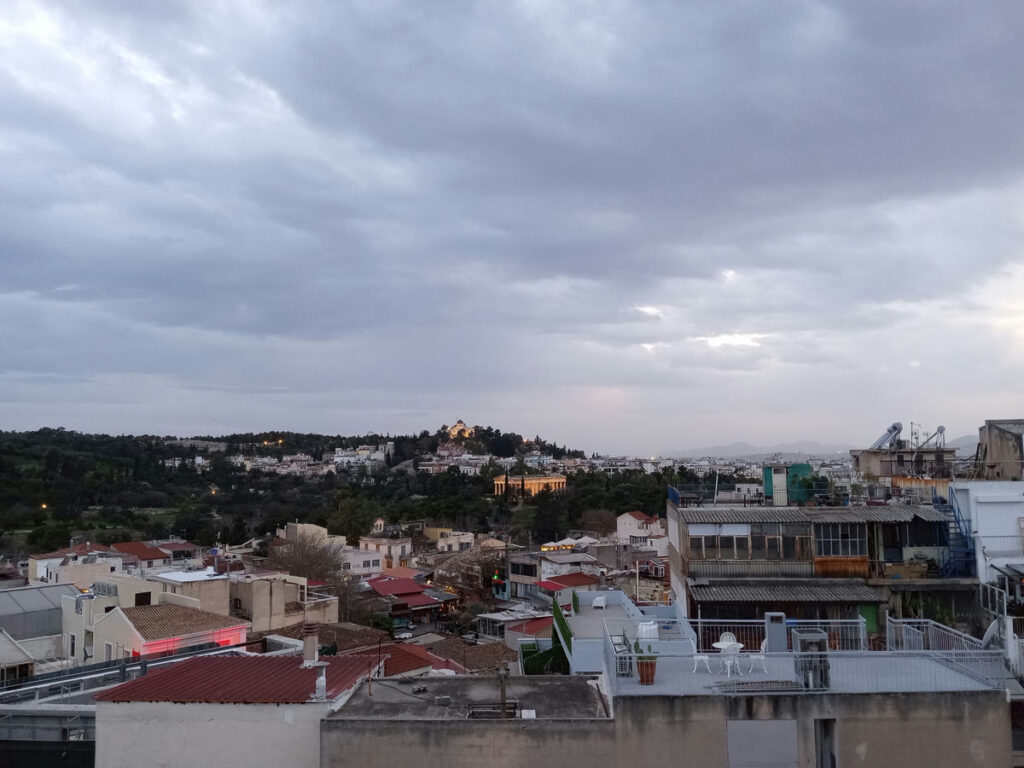
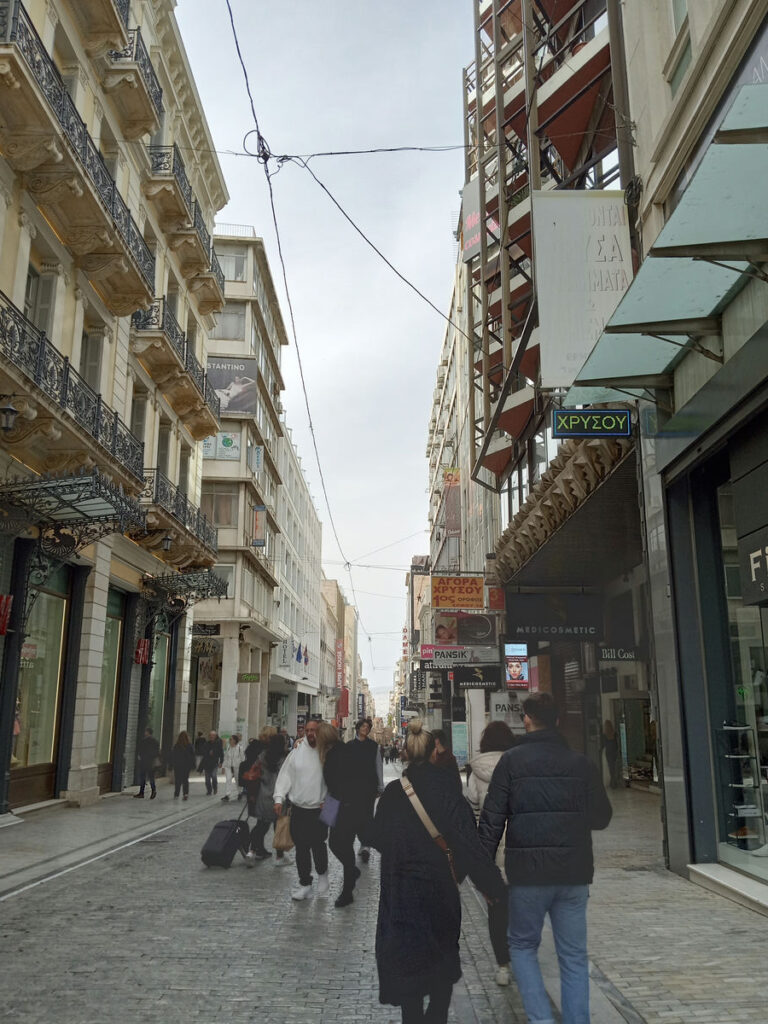
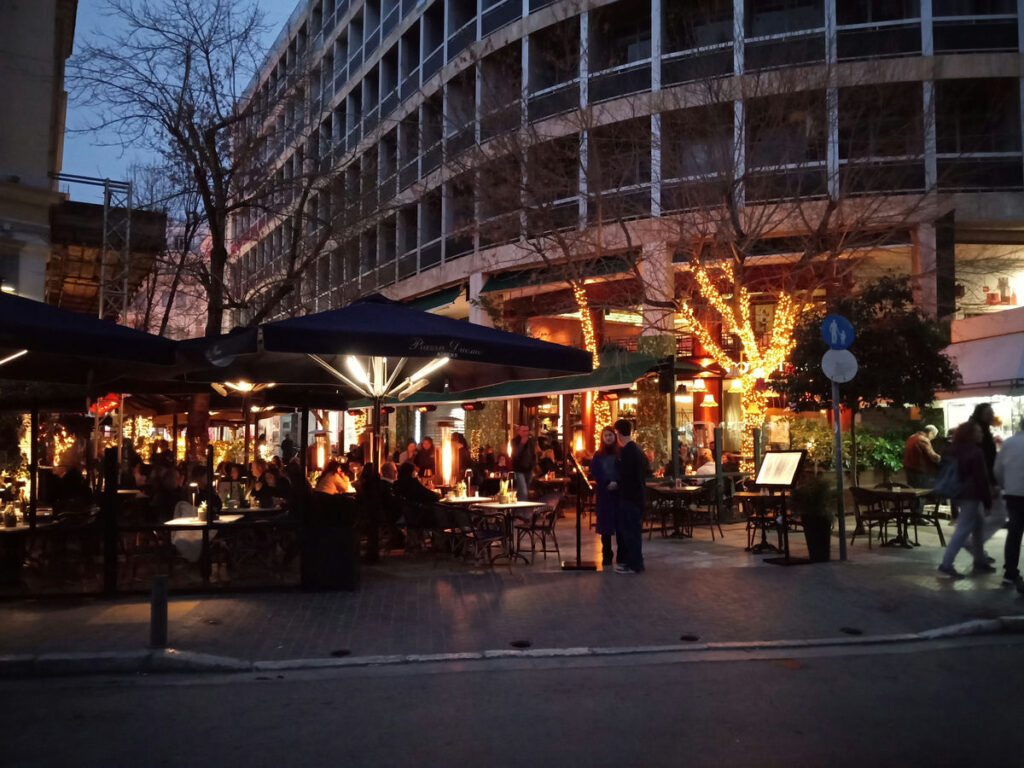
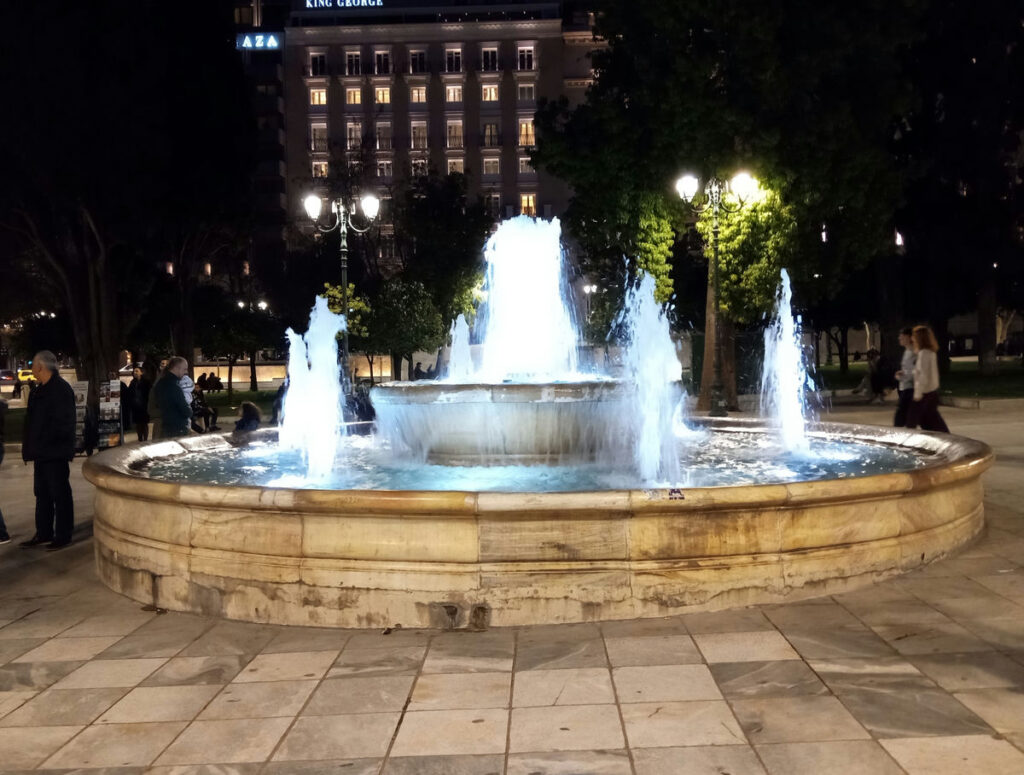
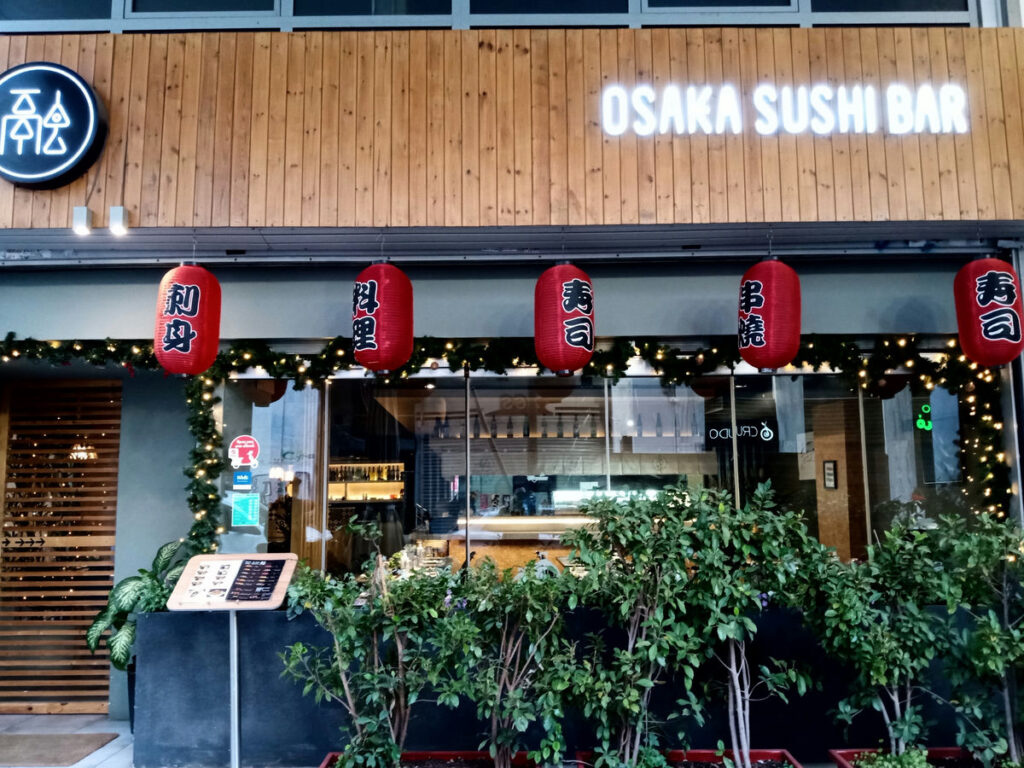

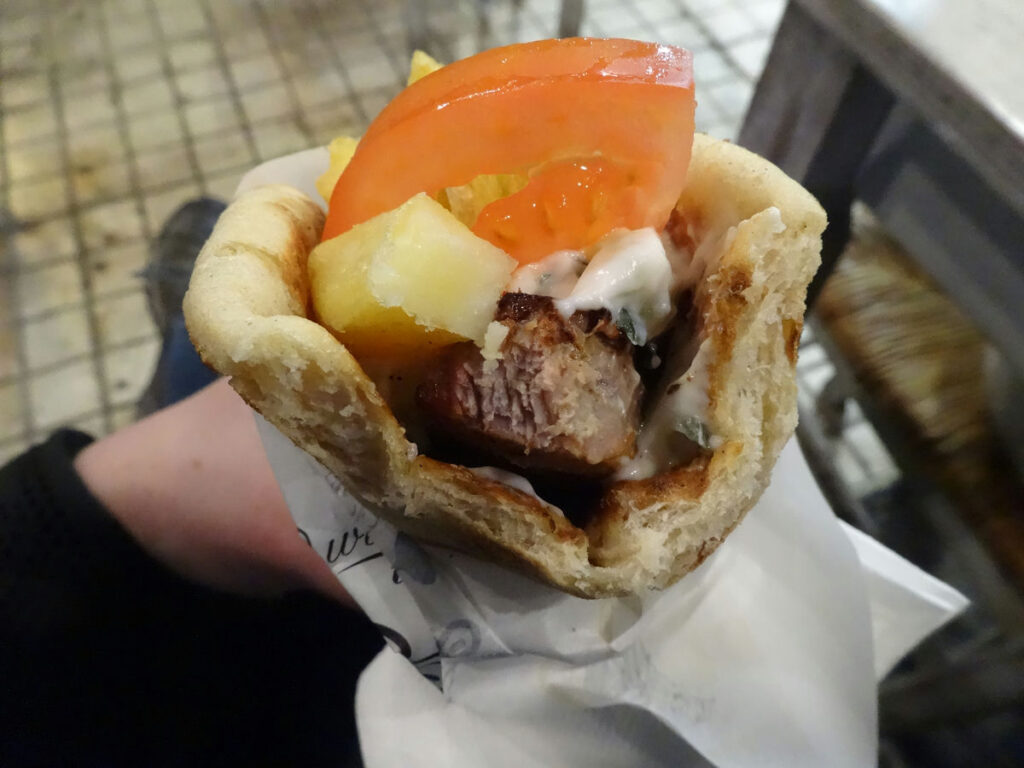
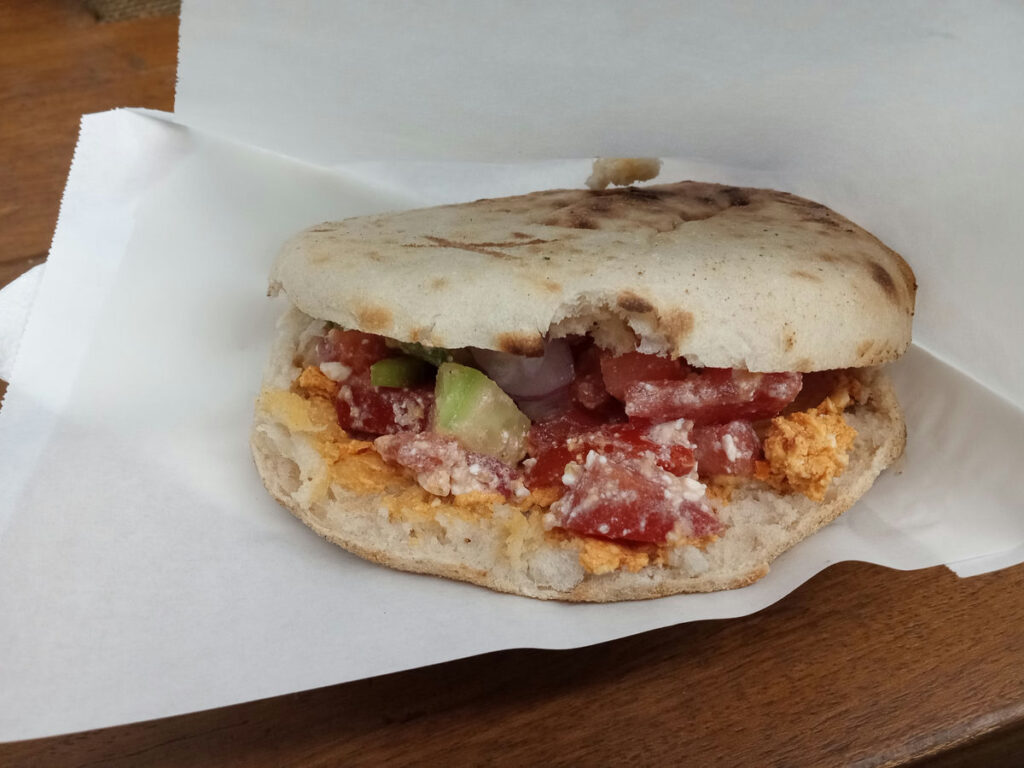
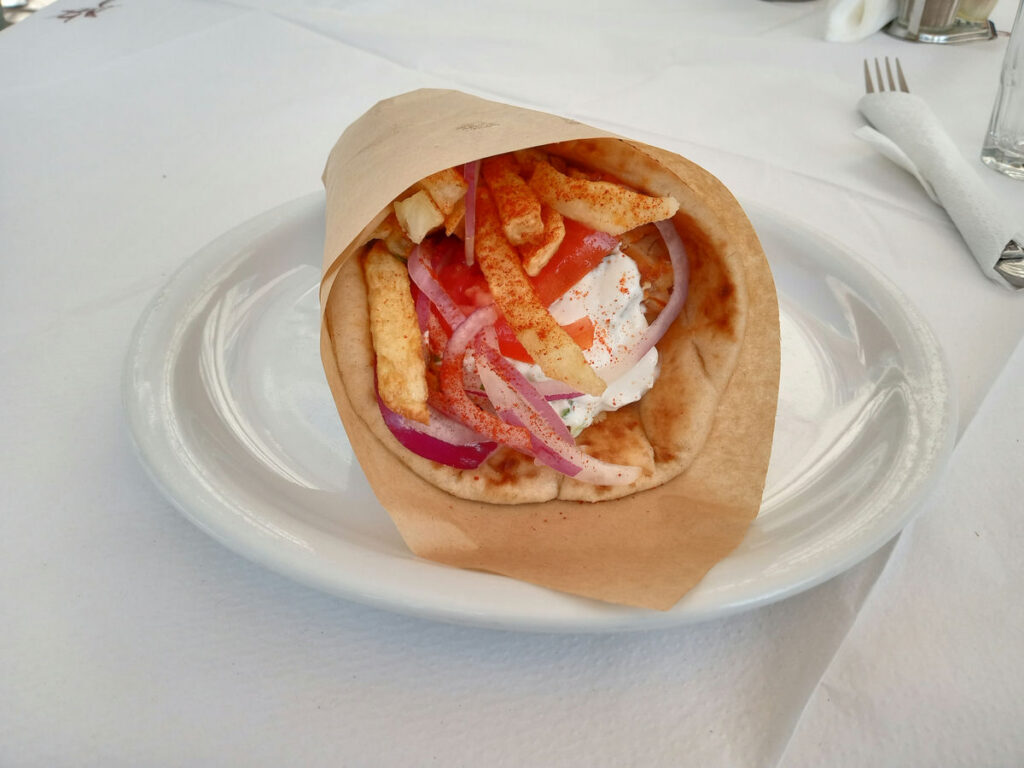
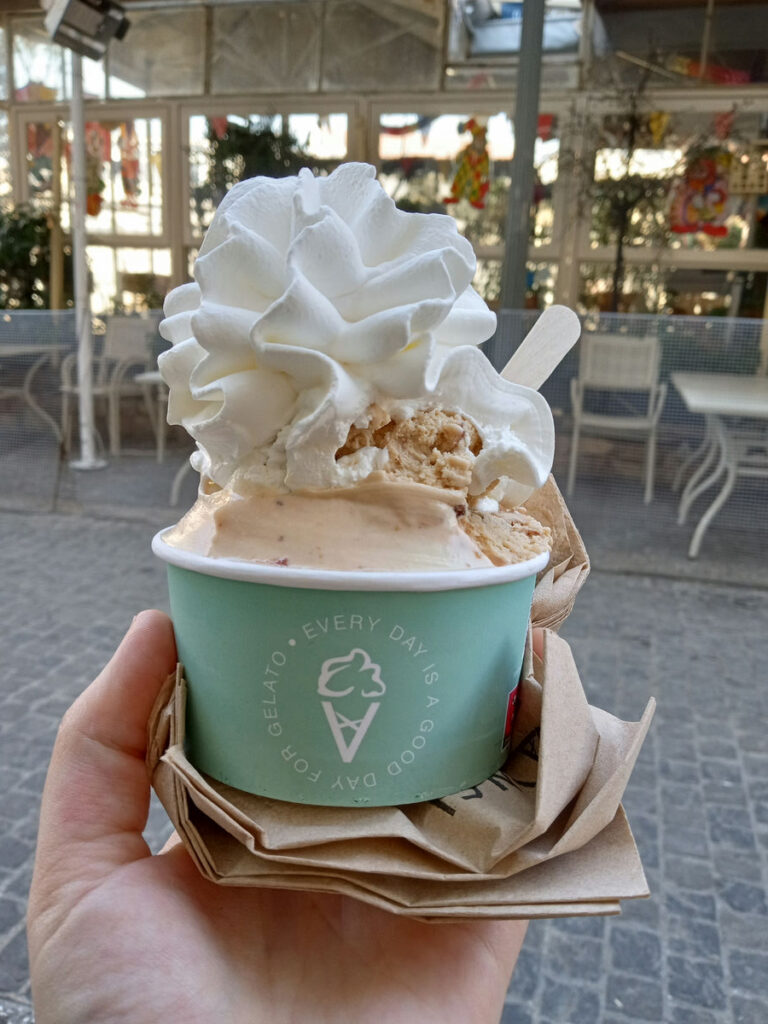
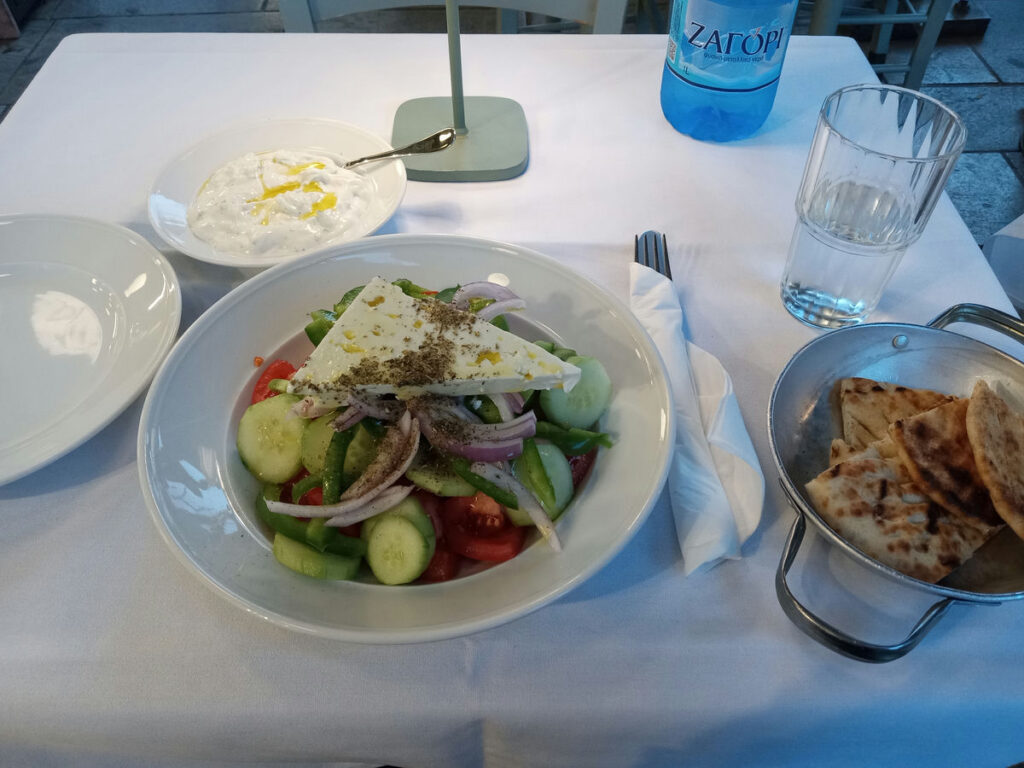
Lycabettus Hill
North and east of the Acropolis. The paper map I got of Athens at the airport did not adequately communicate the enormity of this hill. It shows up in the background of almost any picture of the Acropolis taken facing northeast, such as in the first two pictures.
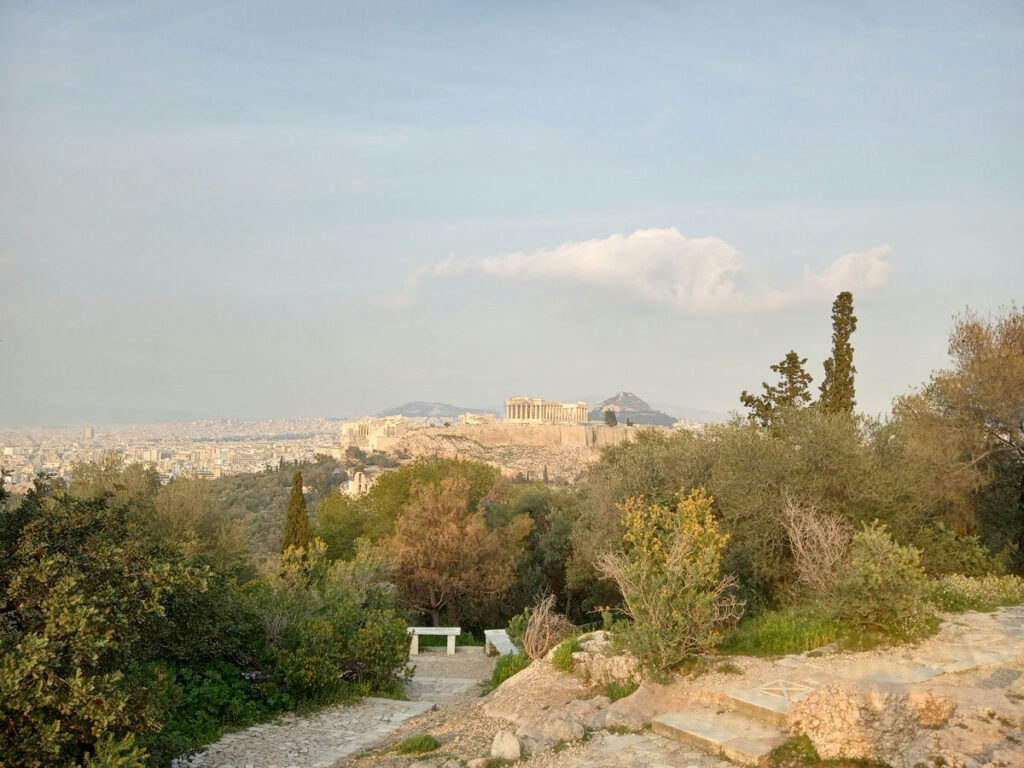
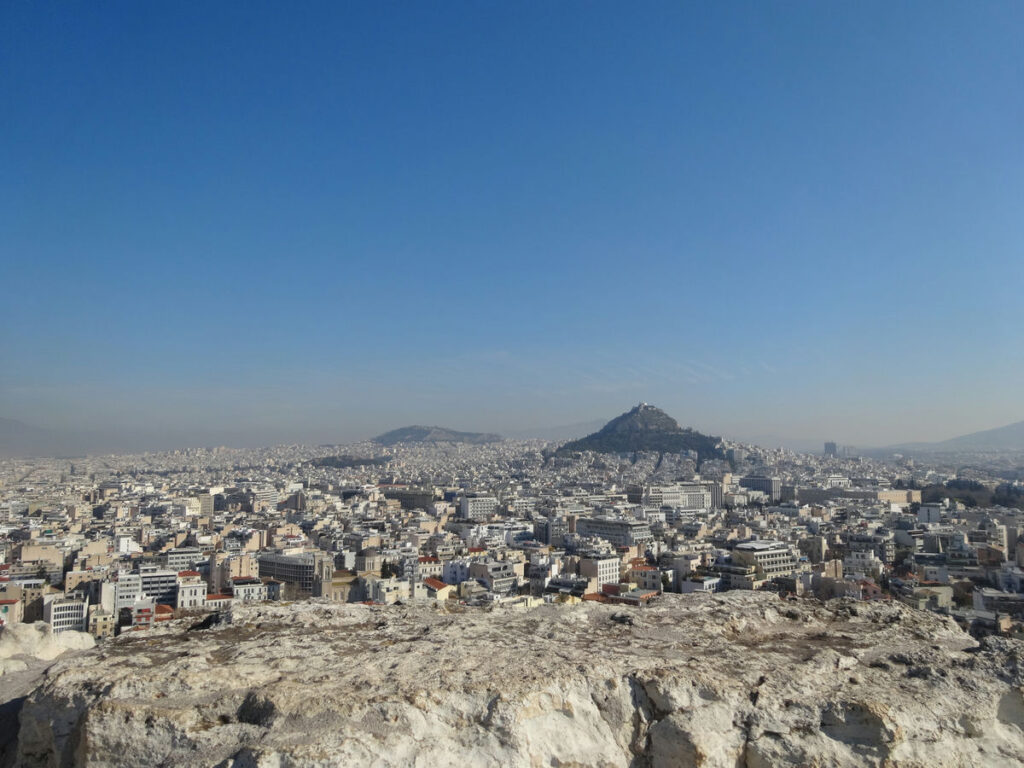
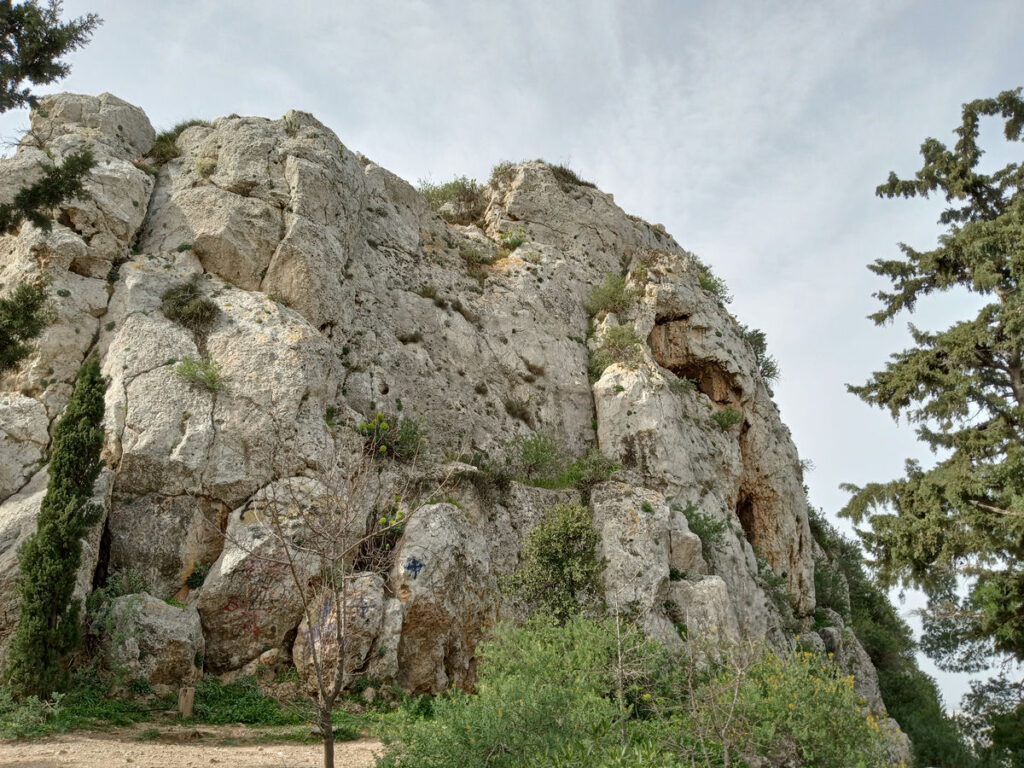
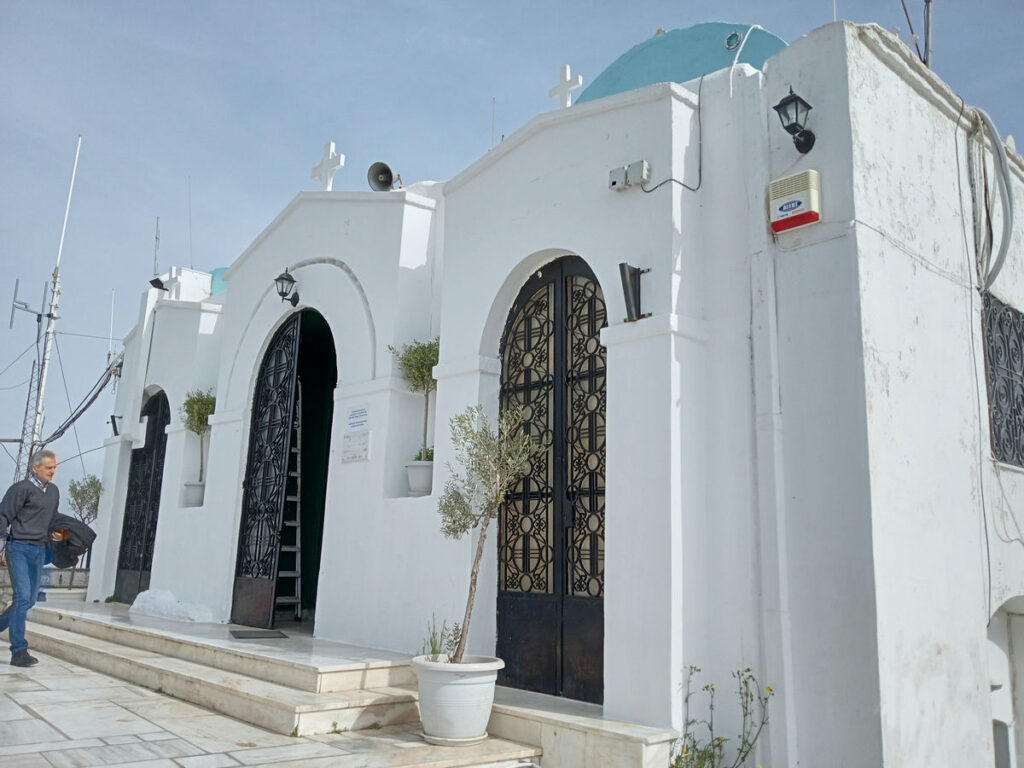
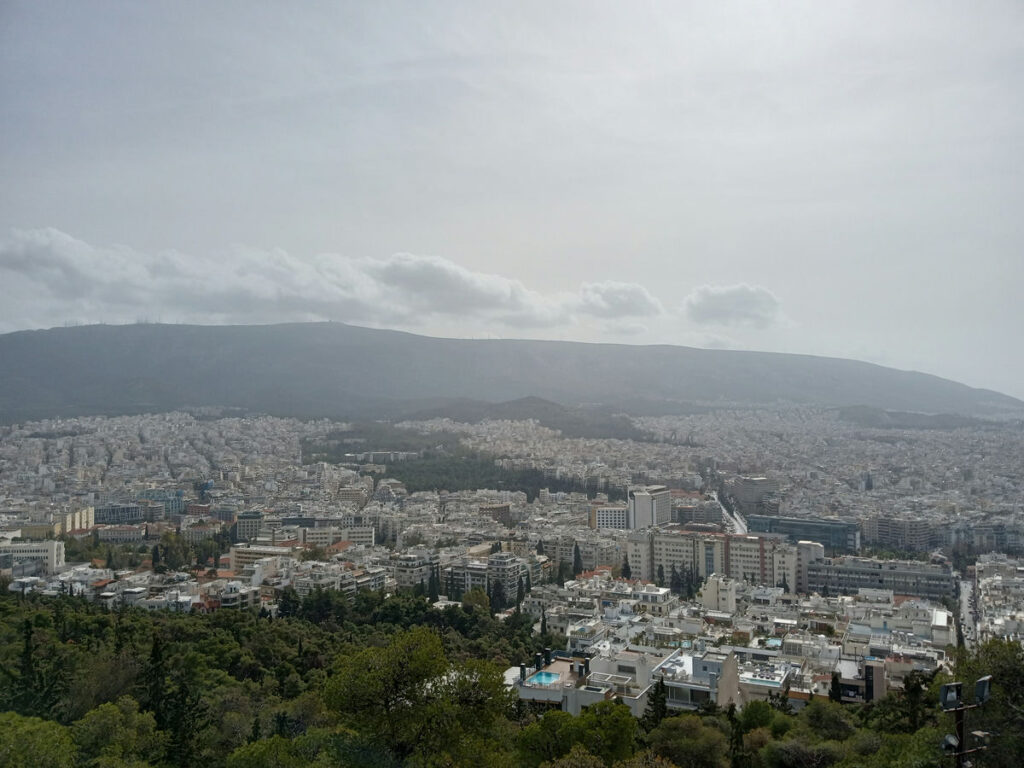
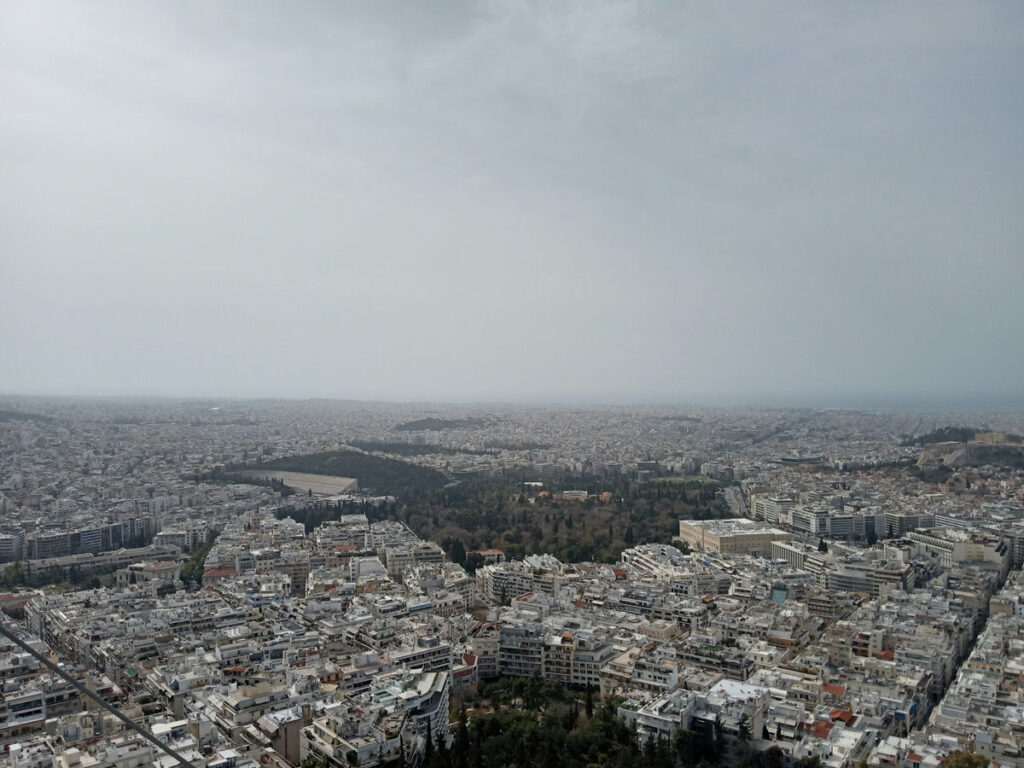
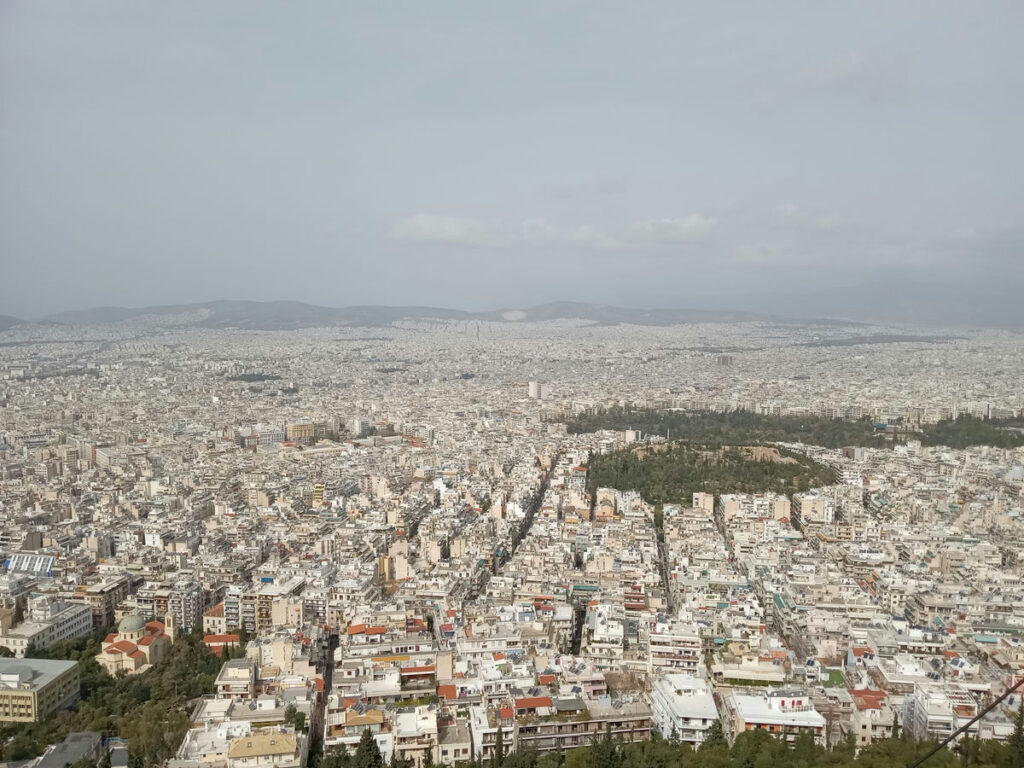
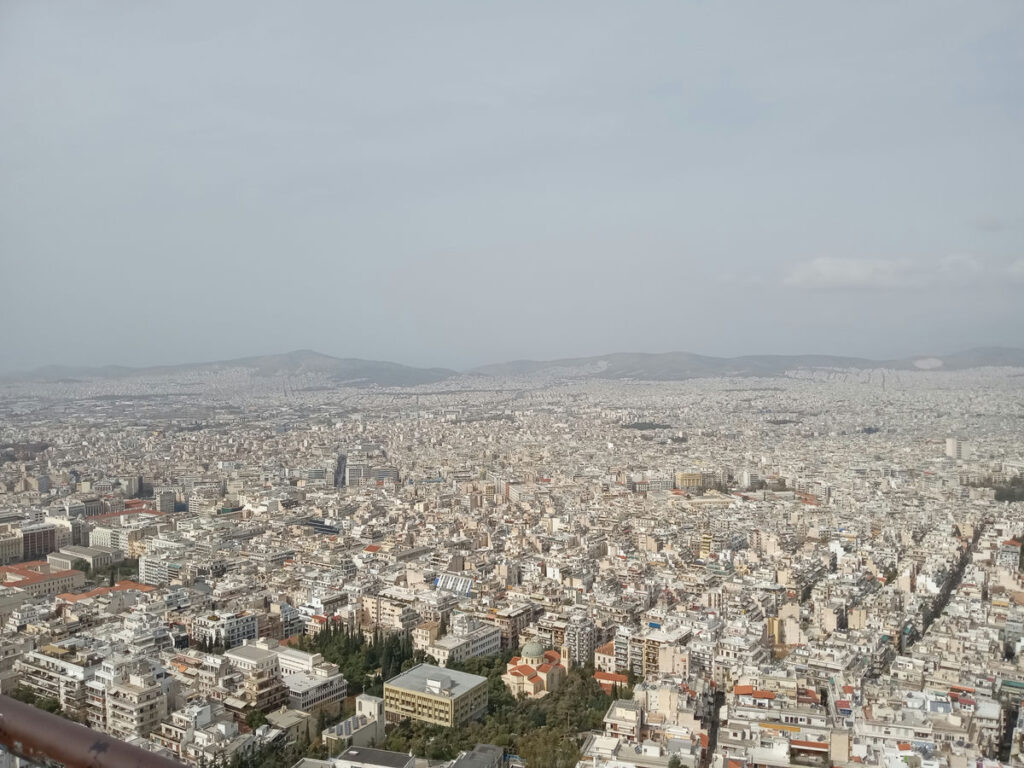
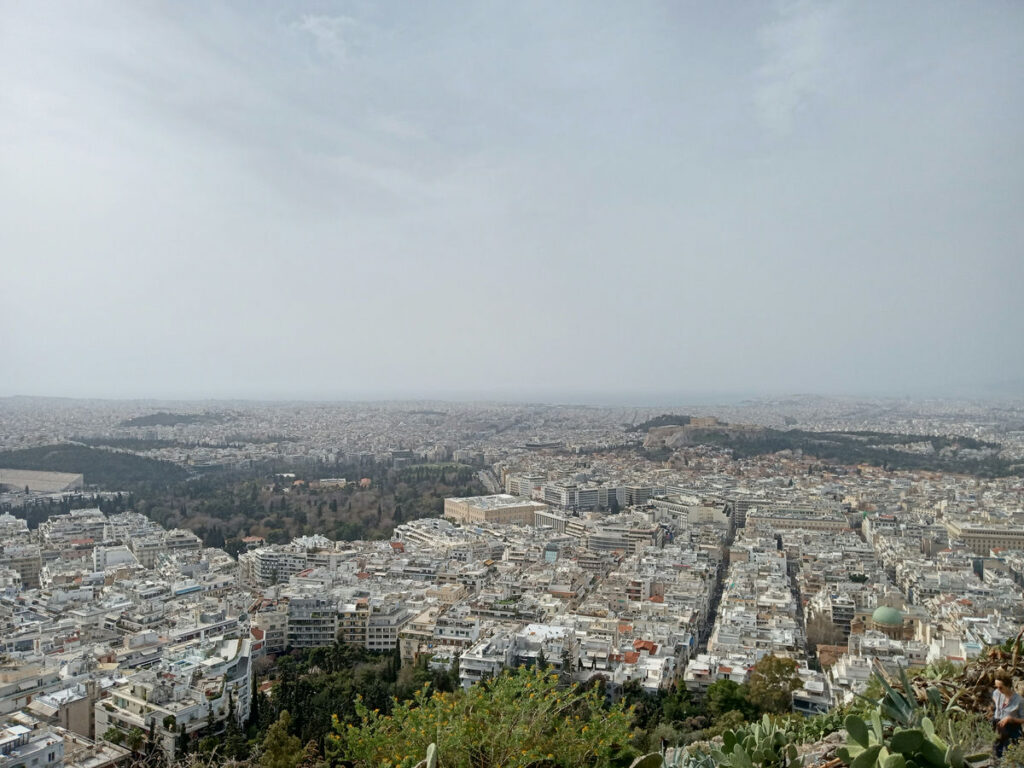
Philopapou Hill/Filopappou Hill
South and west of the Acropolis. Although less tall than Lycabettus Hill, Philopapou is essentially an enormous park. I visited on four separate days for at least five separate encounters, and I saw new territory every time. Don’t go in without a map and extra food and water in case you end up spending the night. Socrates’ prison is here, although I must have walked around it every time I was in the park because I don’t think I saw it.
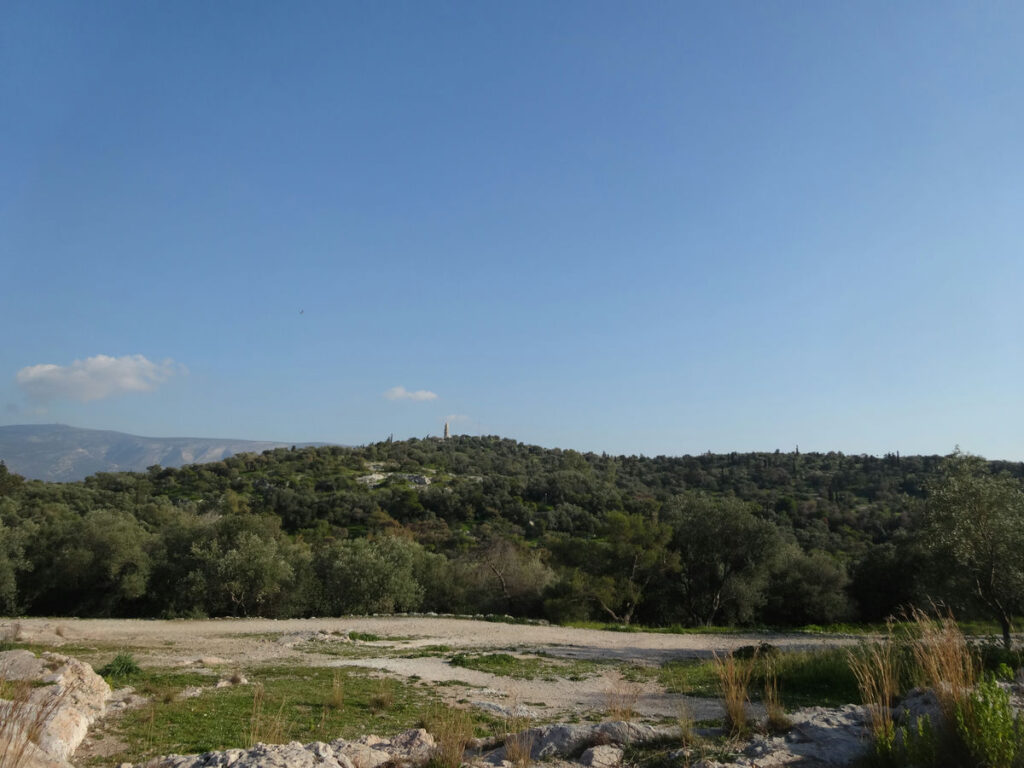
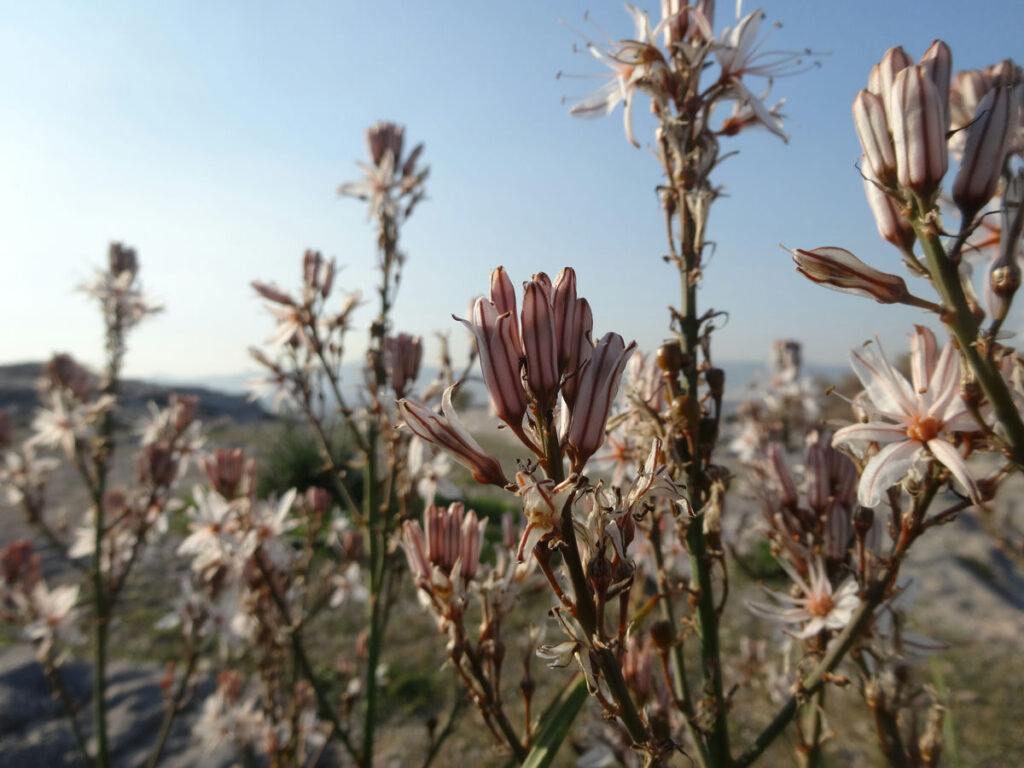
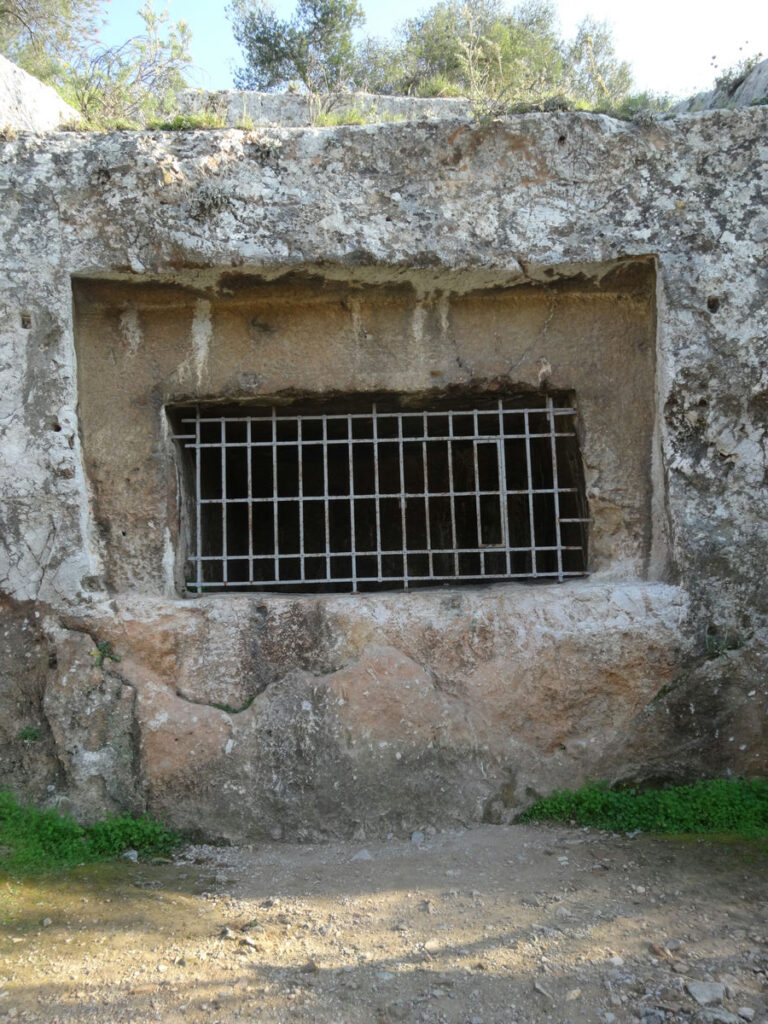
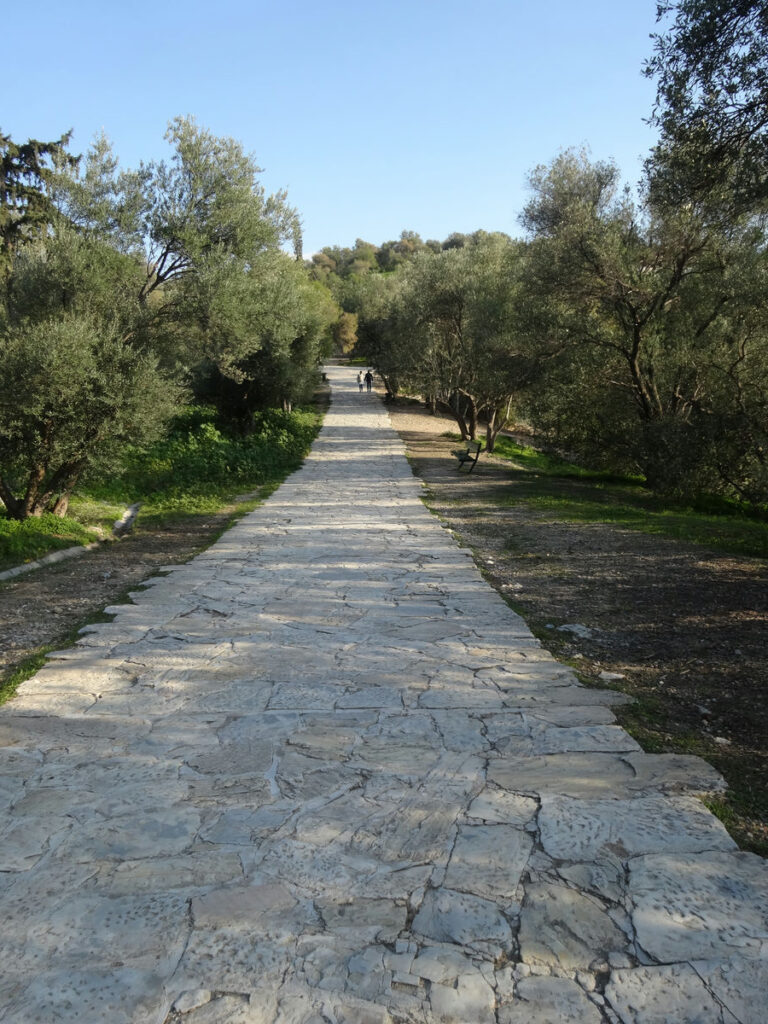
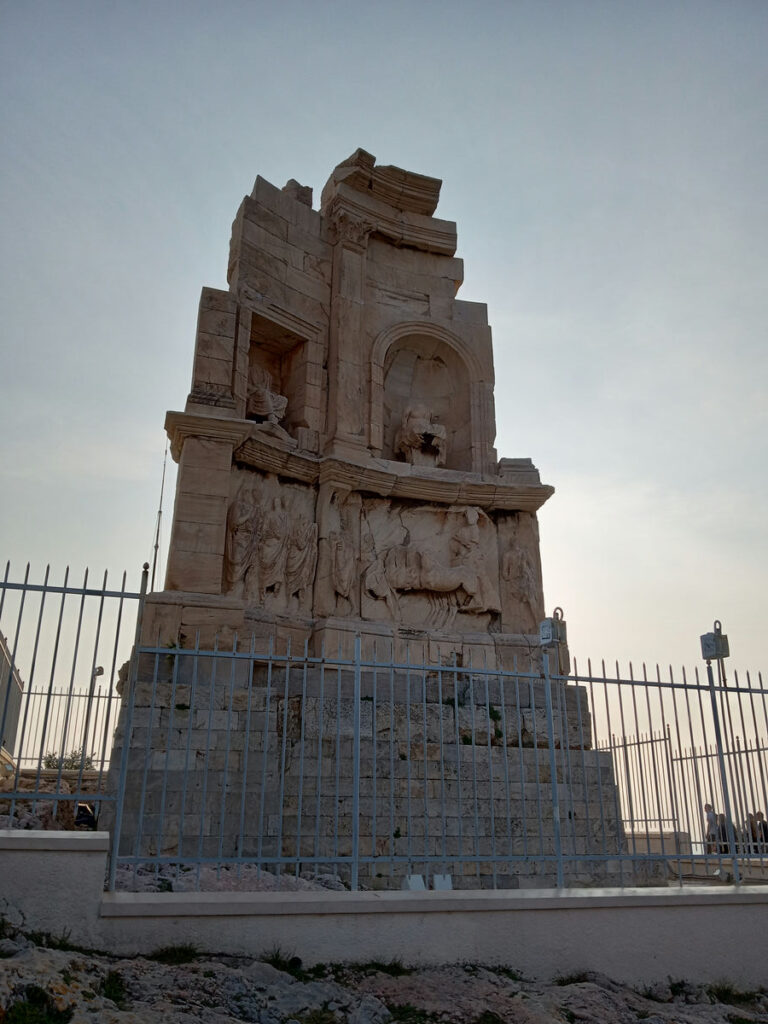
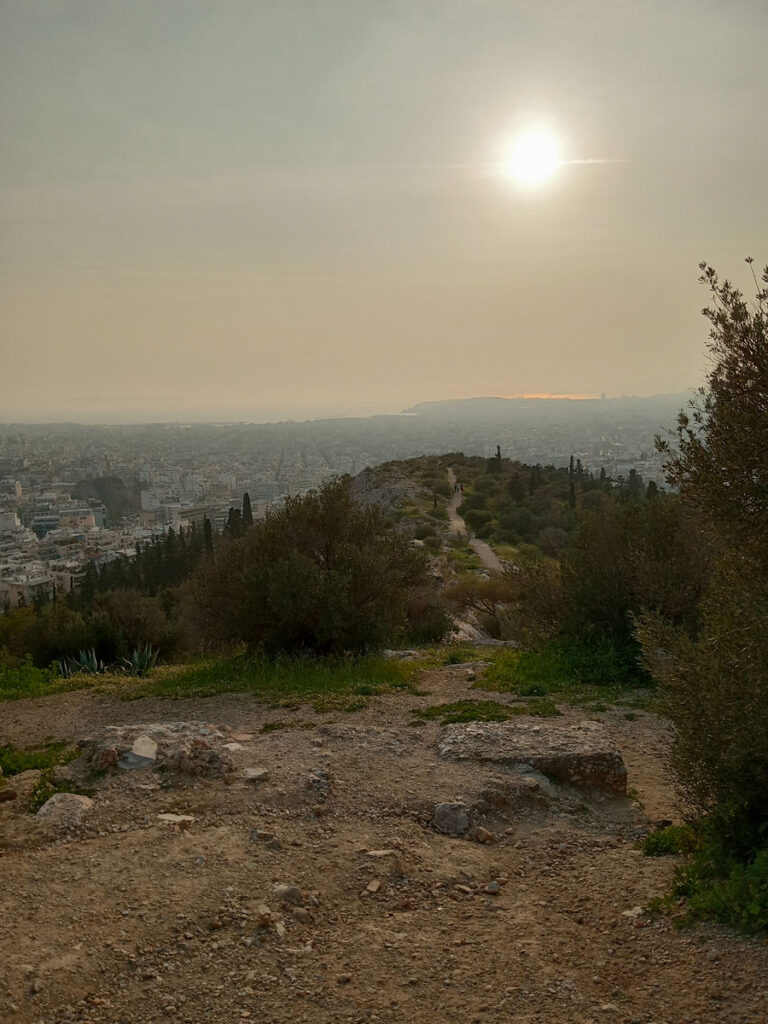
Clean Monday
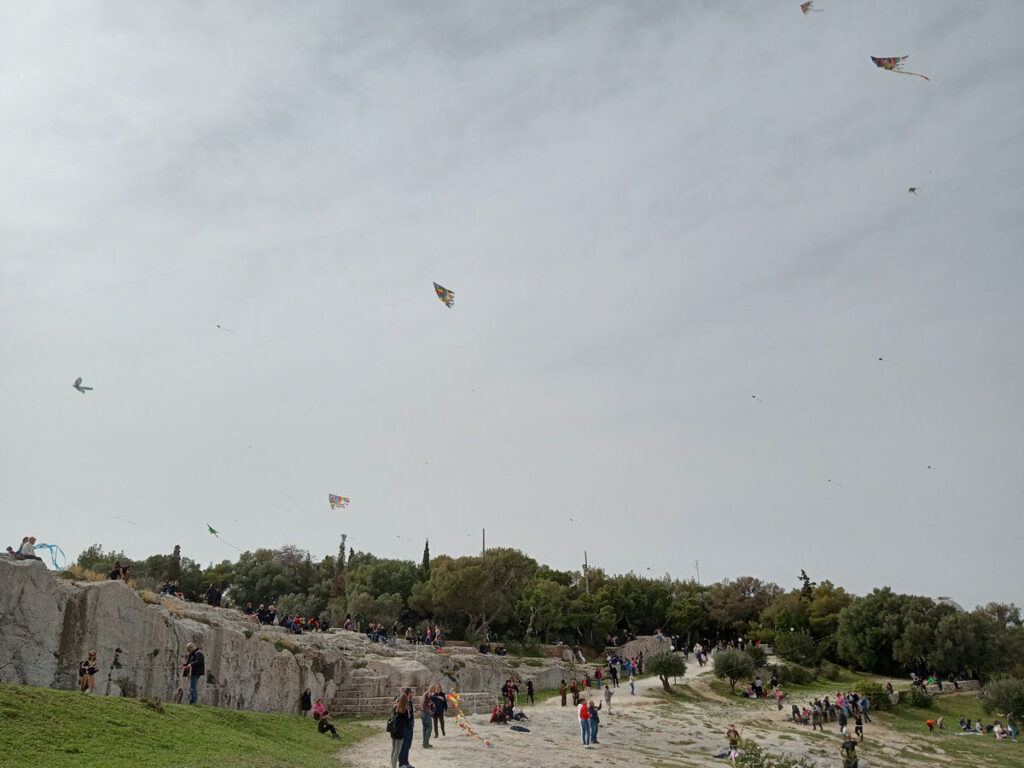
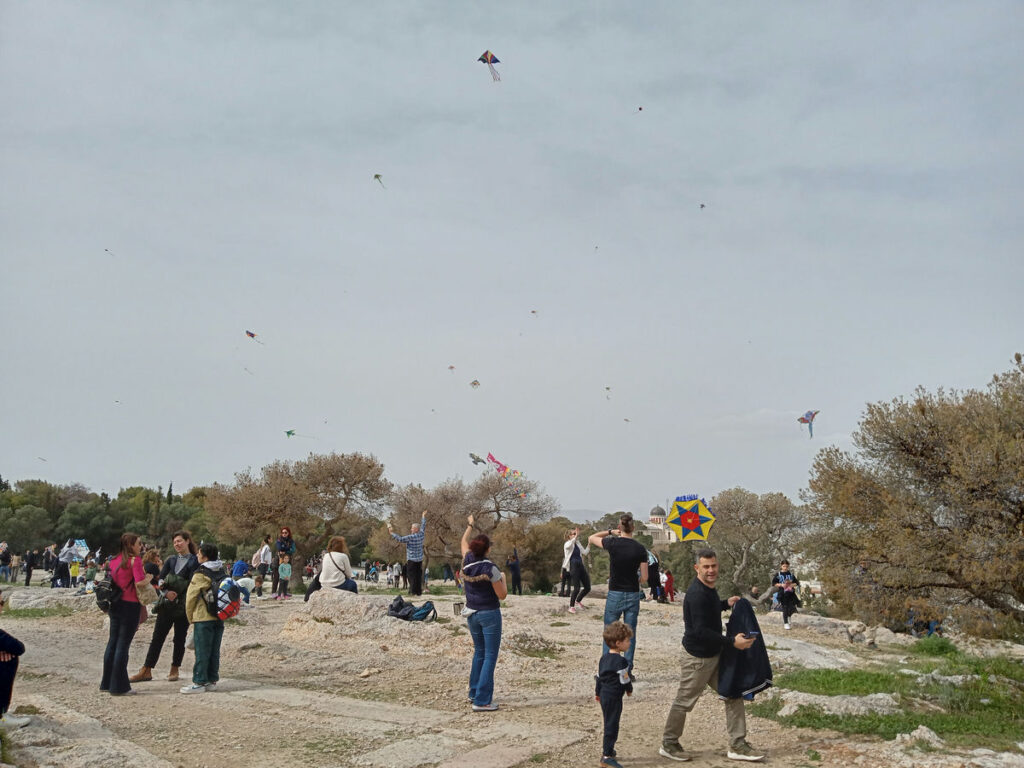
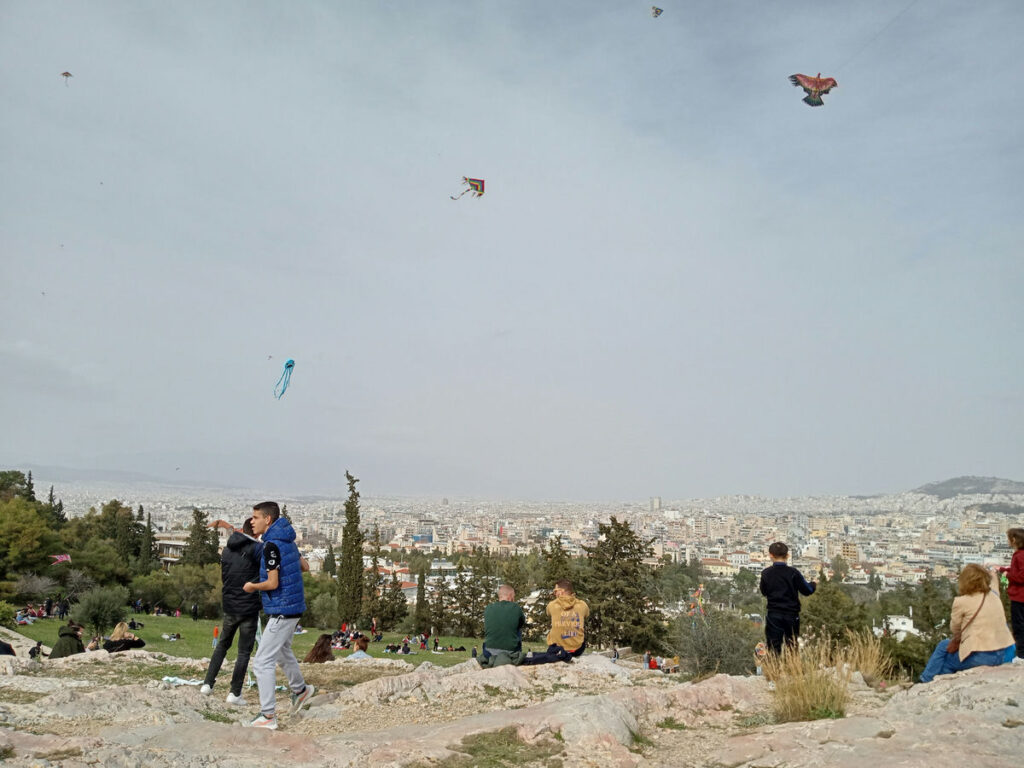
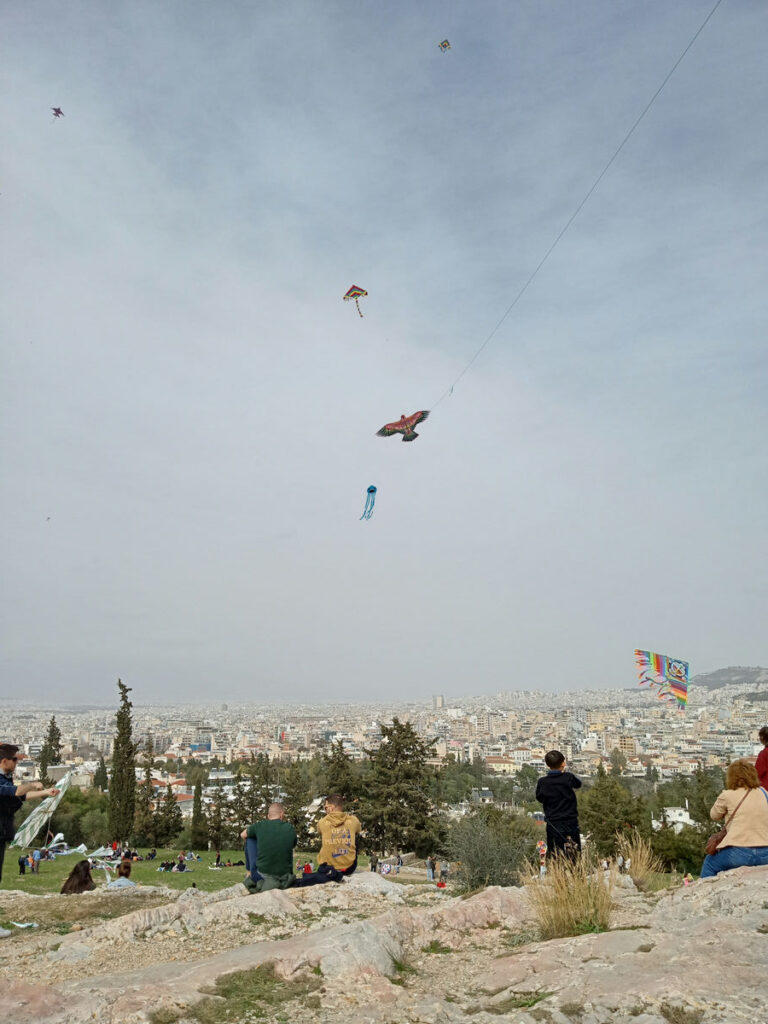
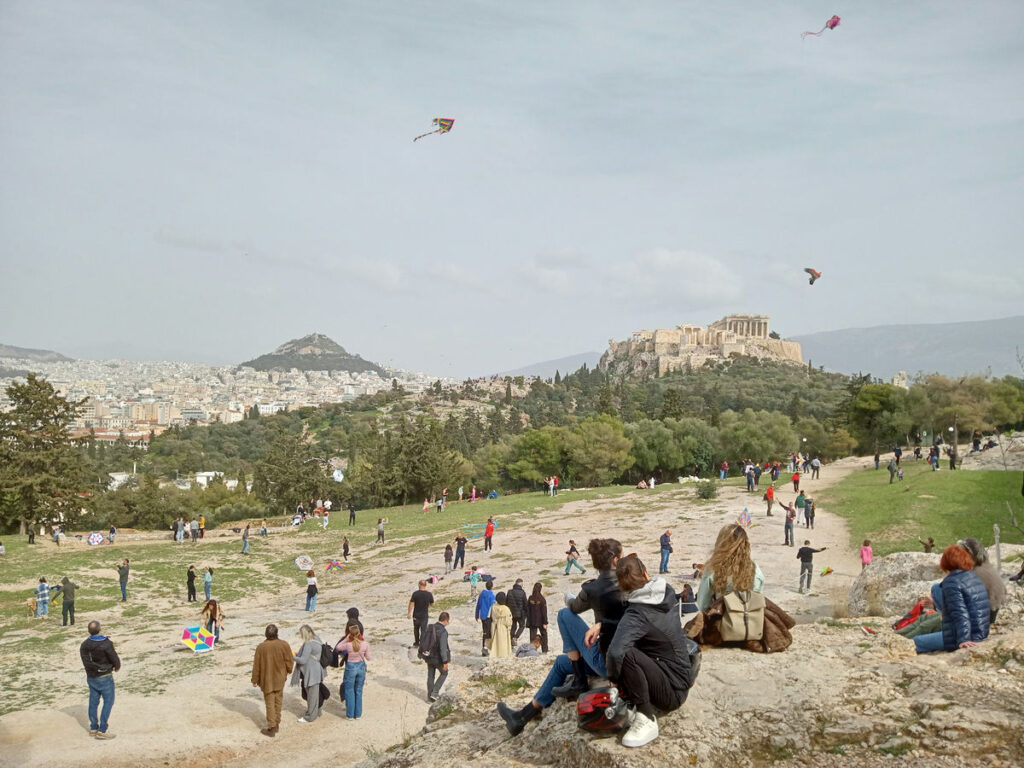
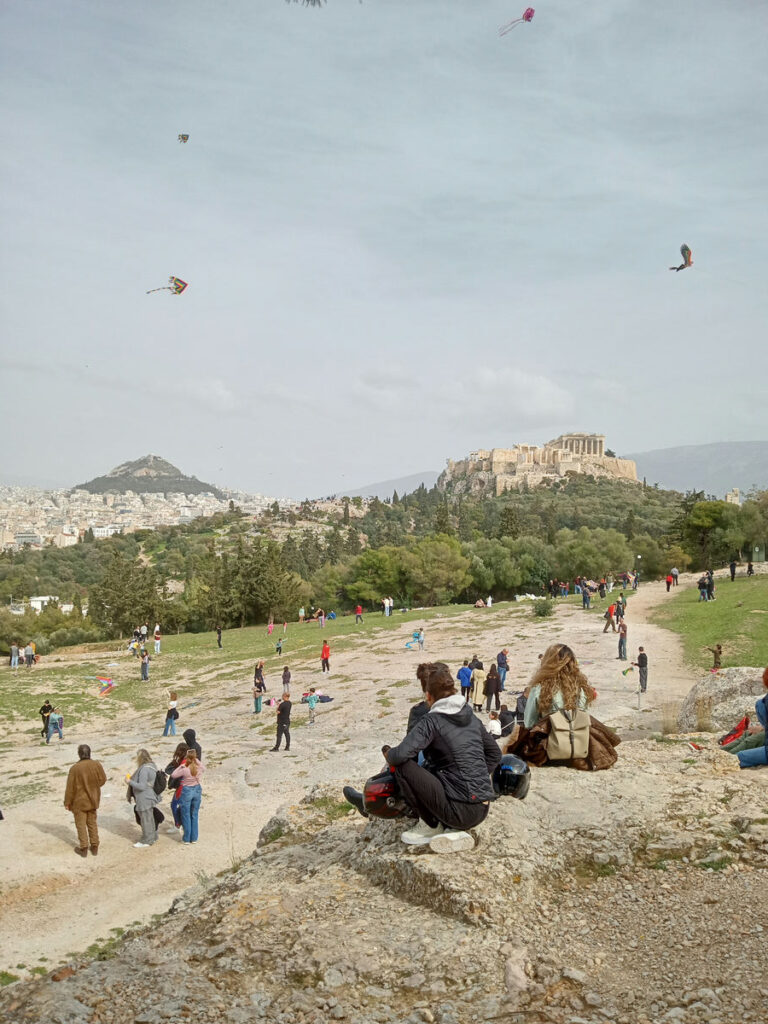
National Gardens
Located east and south of the Parliament building.
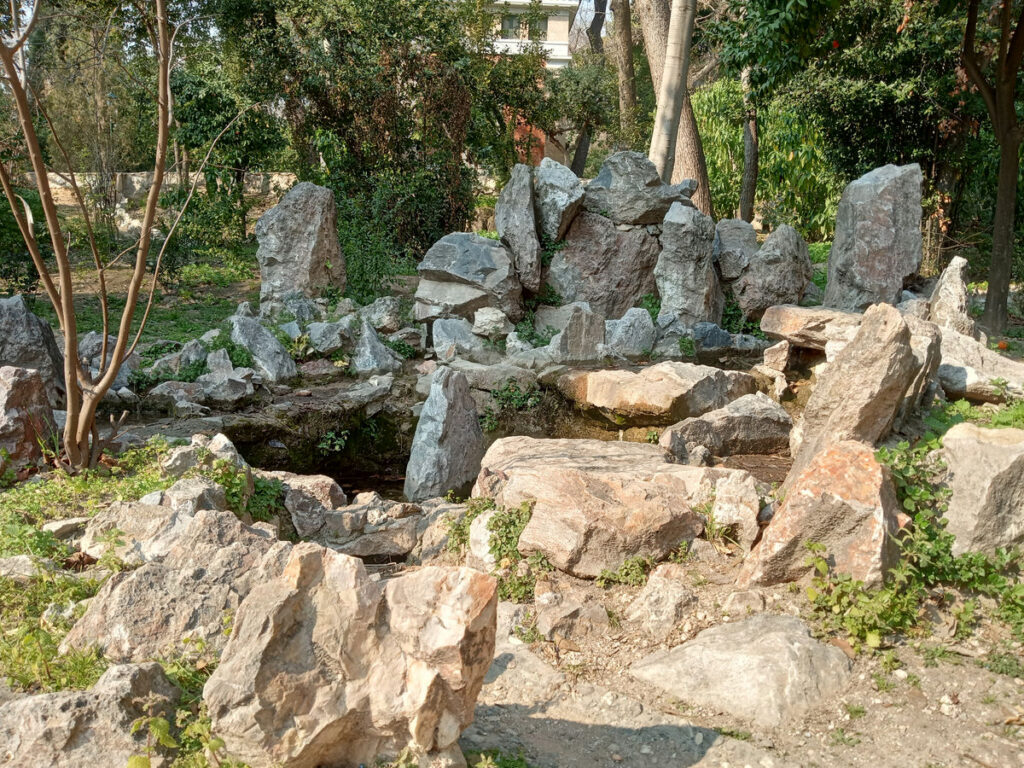
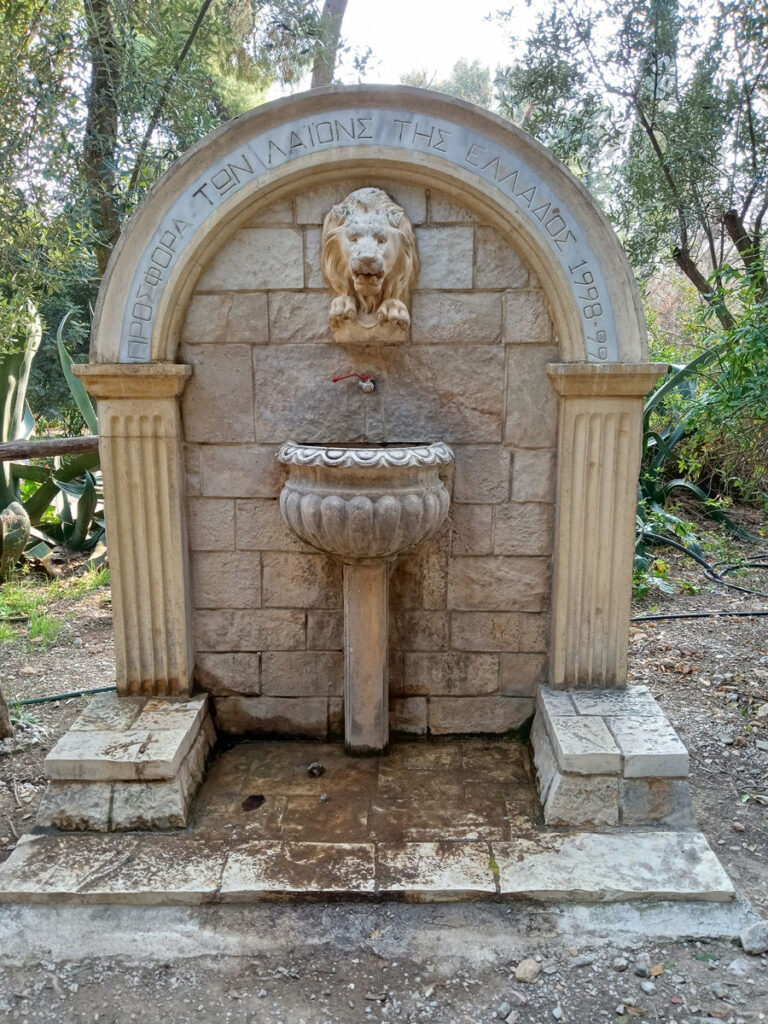
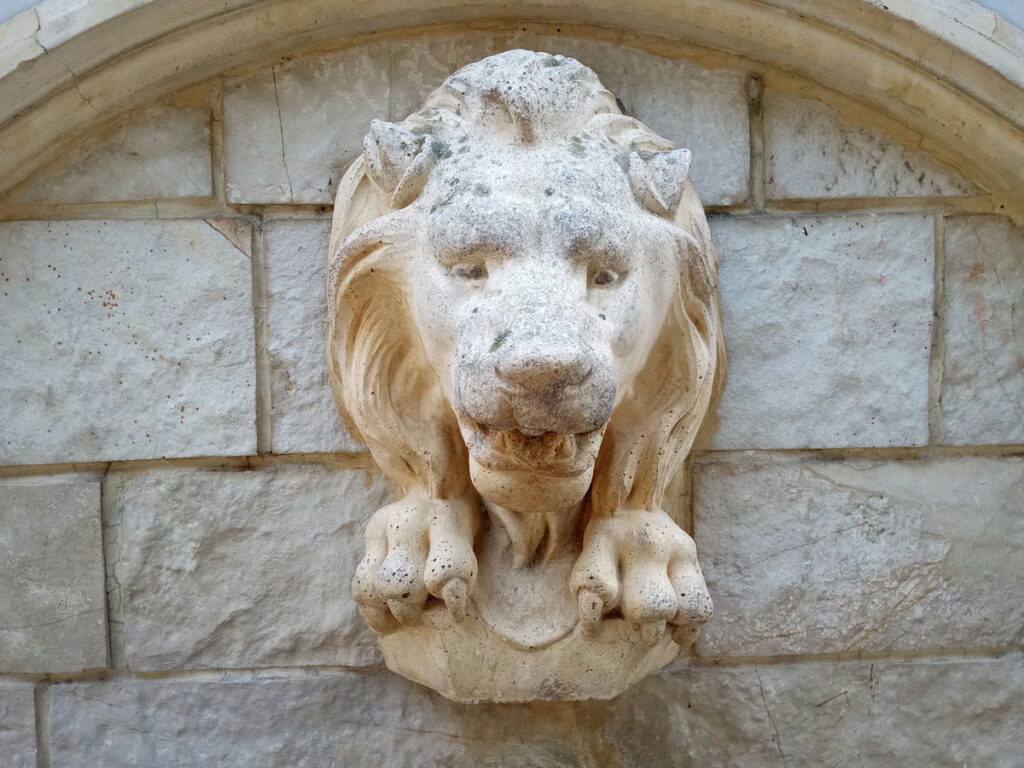
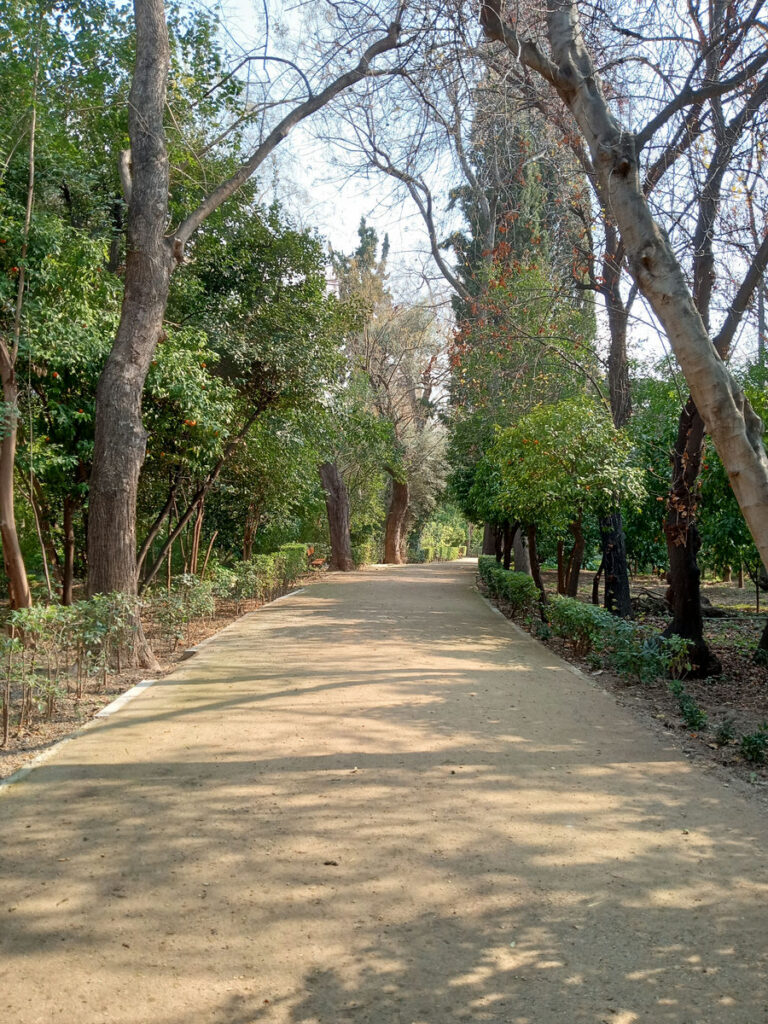
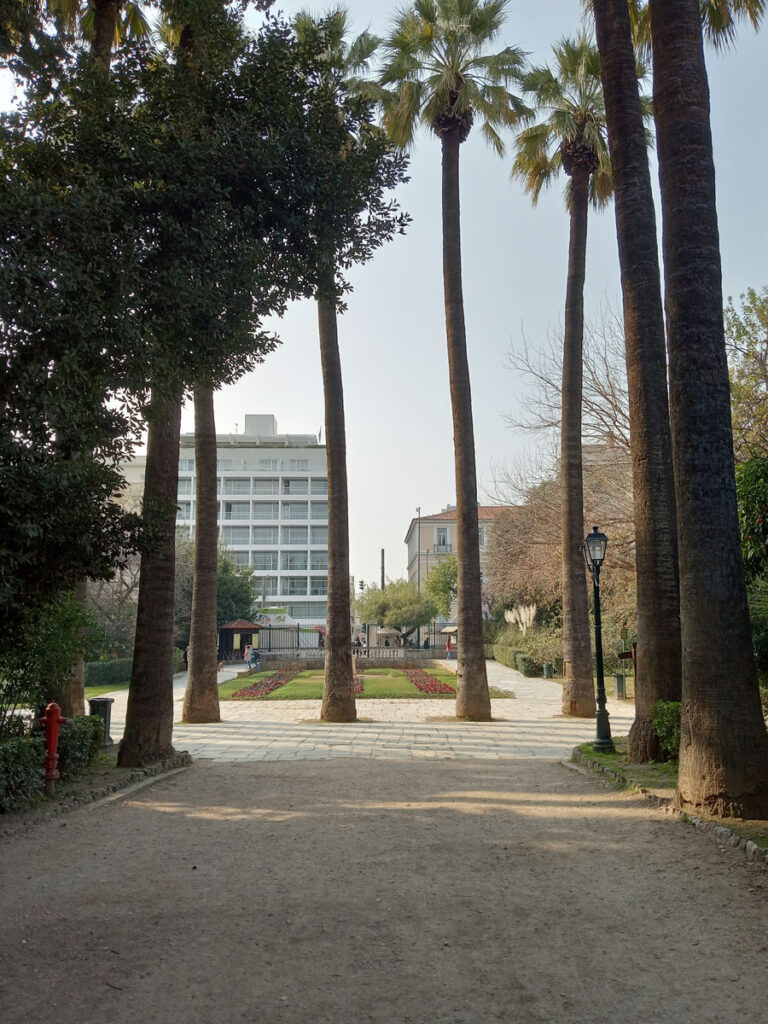
Tomb of the Unknown Soldier
This was the second time I went by the tomb. The first time, there was a protest around Syntagma Square and onto the tomb grounds (since it’s in front of the Parliament building), complete with police and riot shields, and taking pictures seemed like a bad idea.

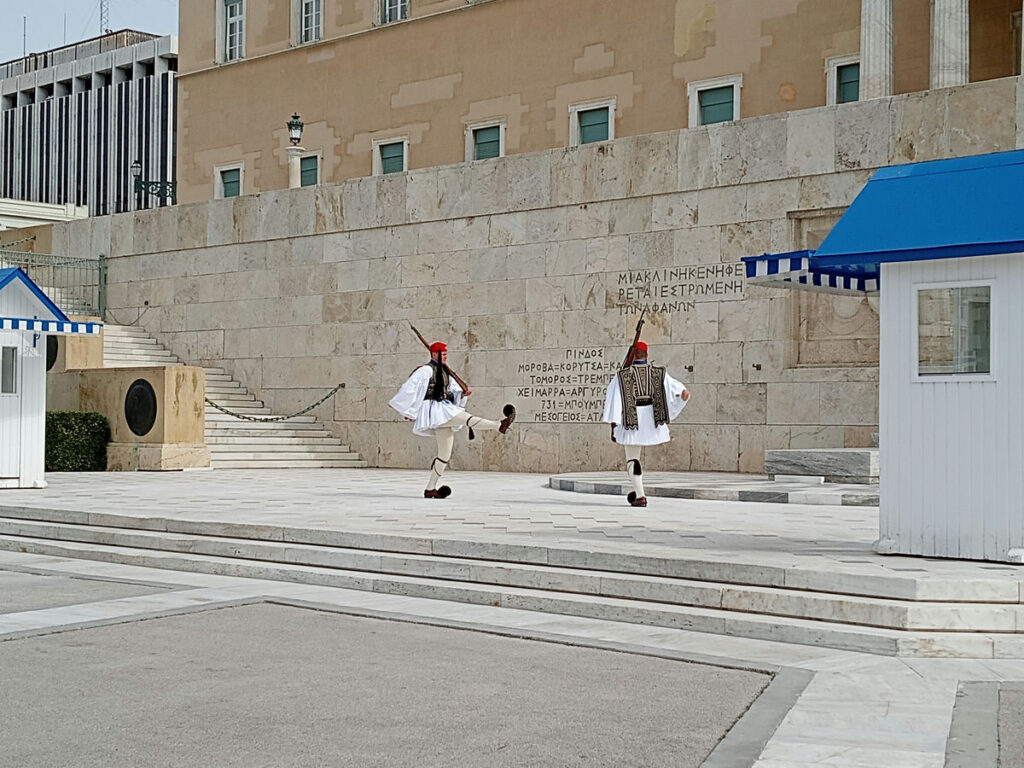
Souvenirs and such
Athens is a city that’s geared for tourism. According to worlddata.info, Athens received over six million visitors in 2019.
During the afternoon, shop owners in less busy areas often relaxed outside, drinking coffee or chatting with locals until someone walked up. Some shops closed for the afternoon siesta, and were often open late into the evening.
Many of the shops sell the same souvenirs, as though everyone buys in bulk from the same distributor. Jewelry, keychains, hats, t-shirts, figurines, magnets, patches, cups, shot glasses, everything you would expect to see in a city with tourism at its (literal) center. A few of the Greece-specific themes were replicas of ancient statues, owls (a symbol of Athena), and wards against the evil eye.
